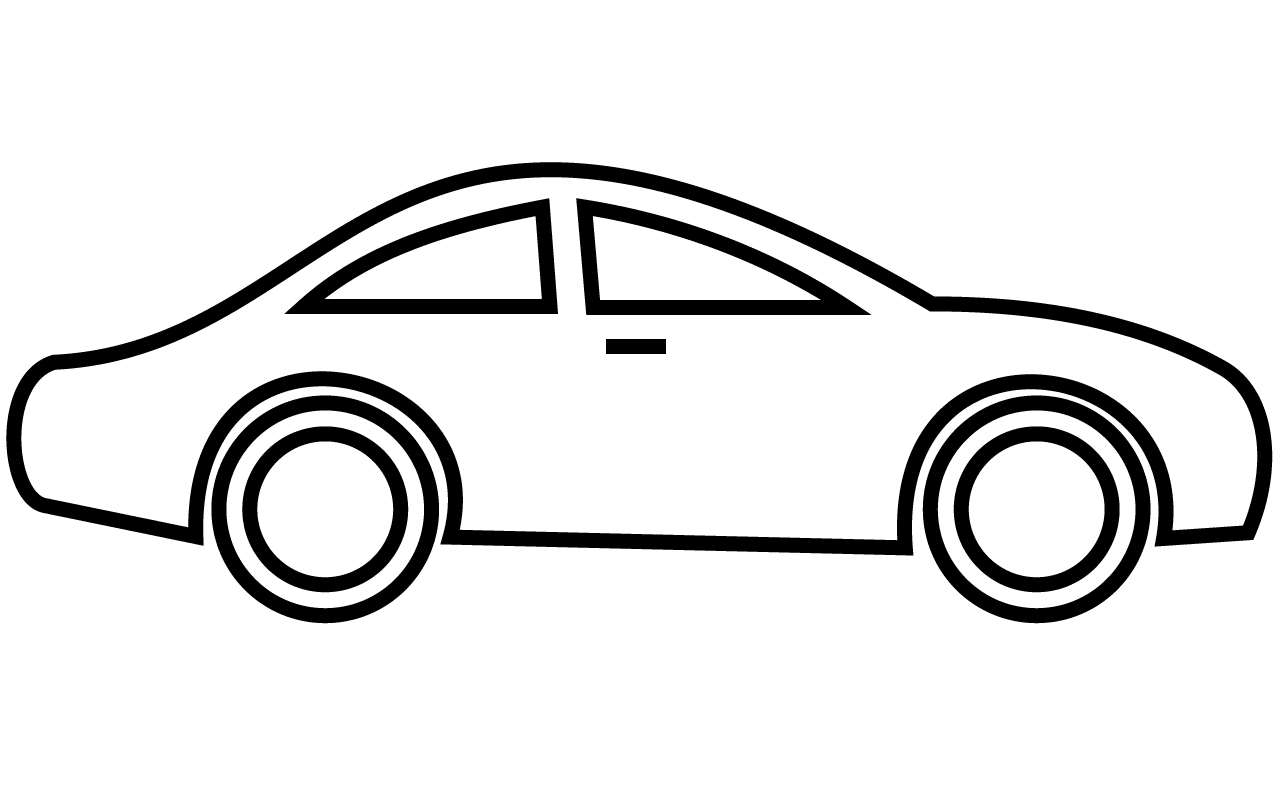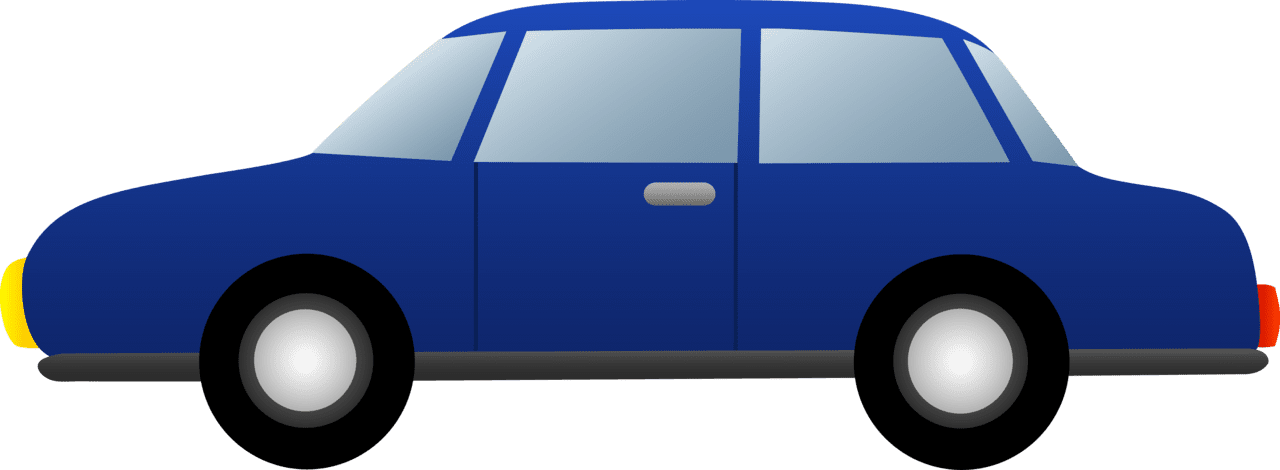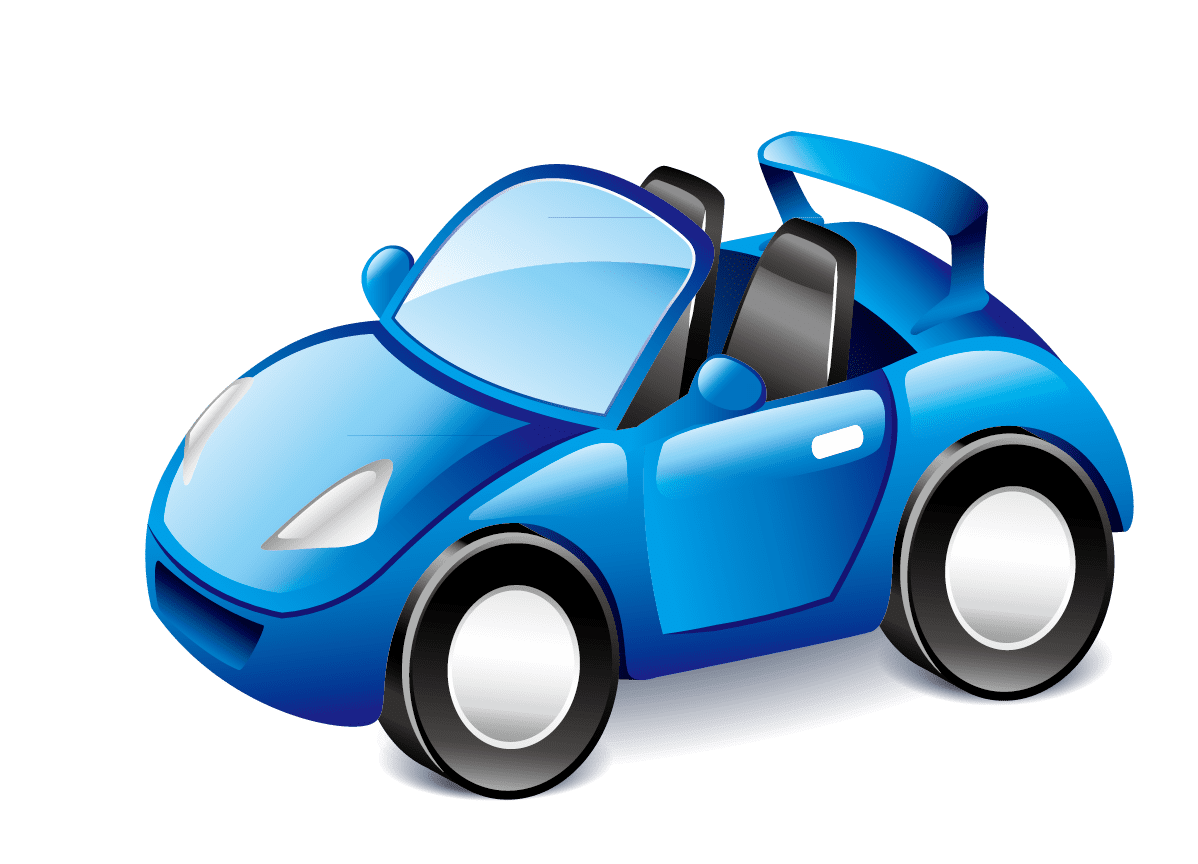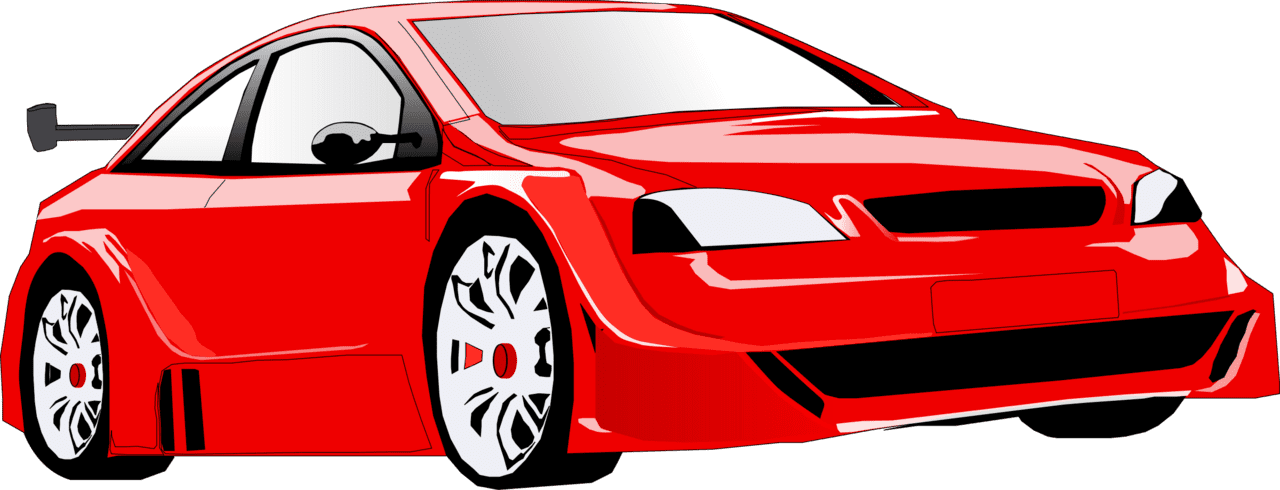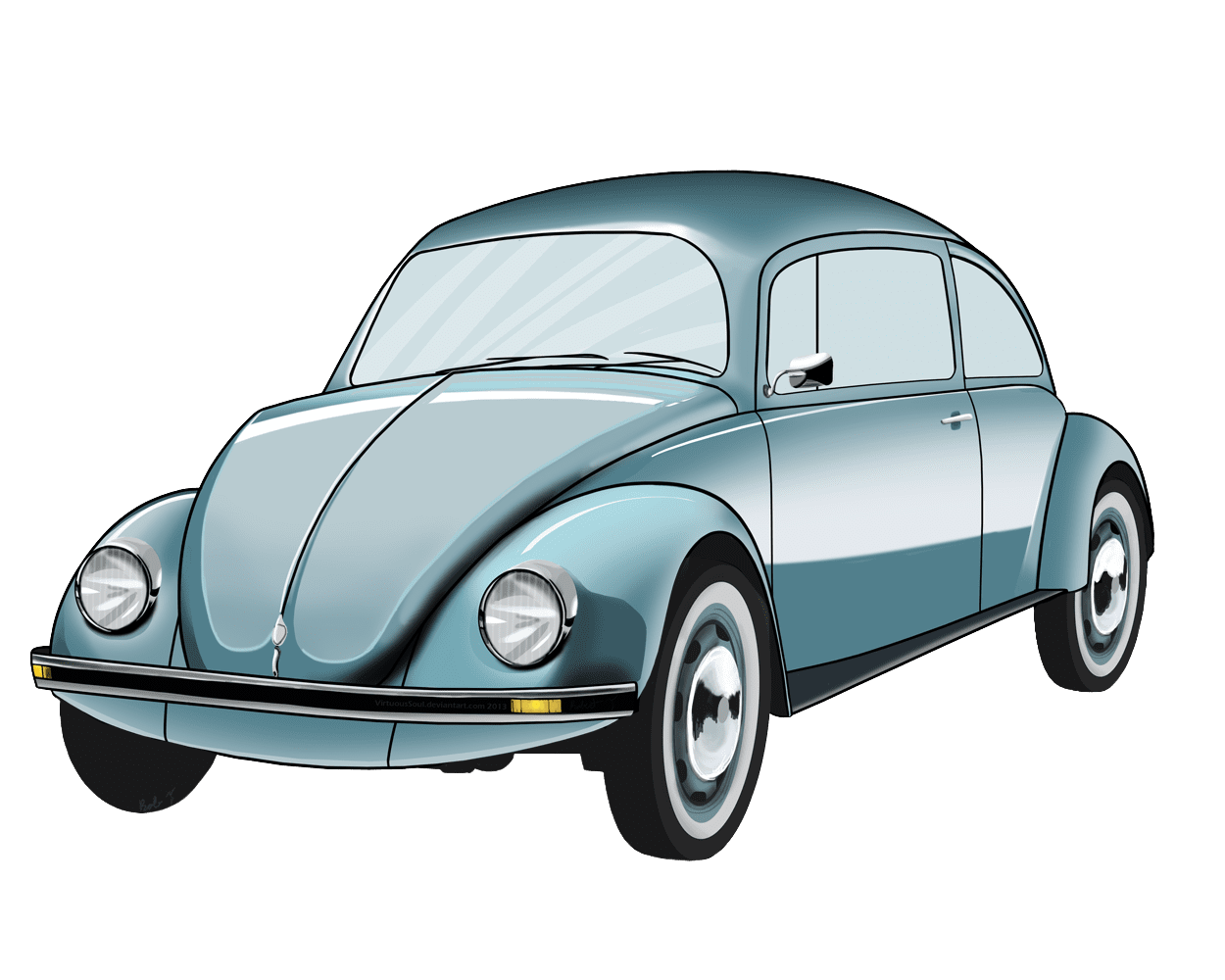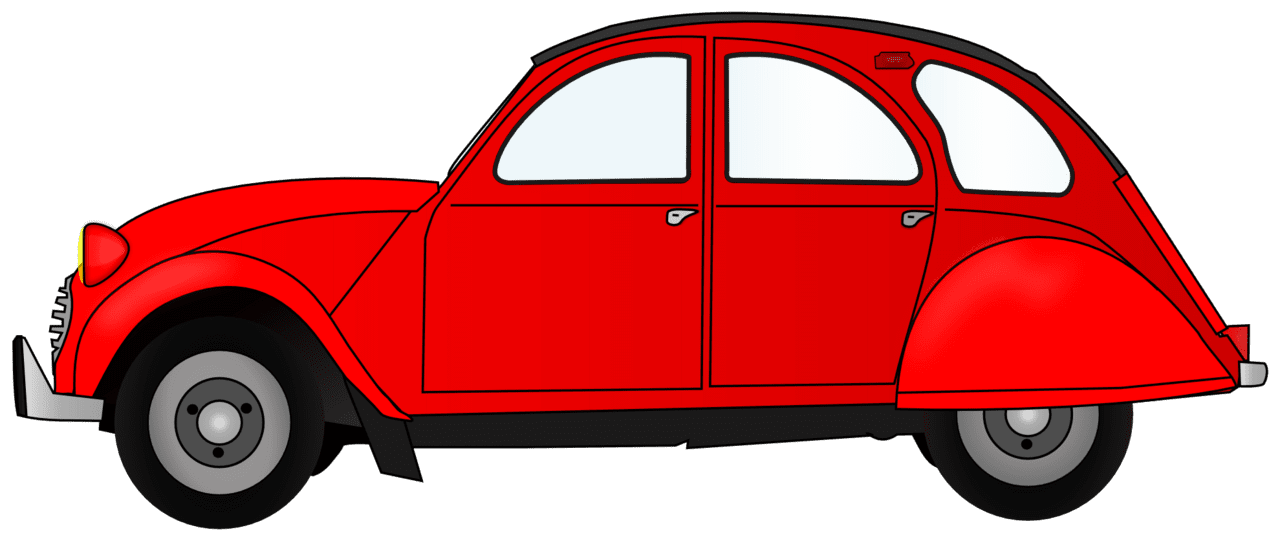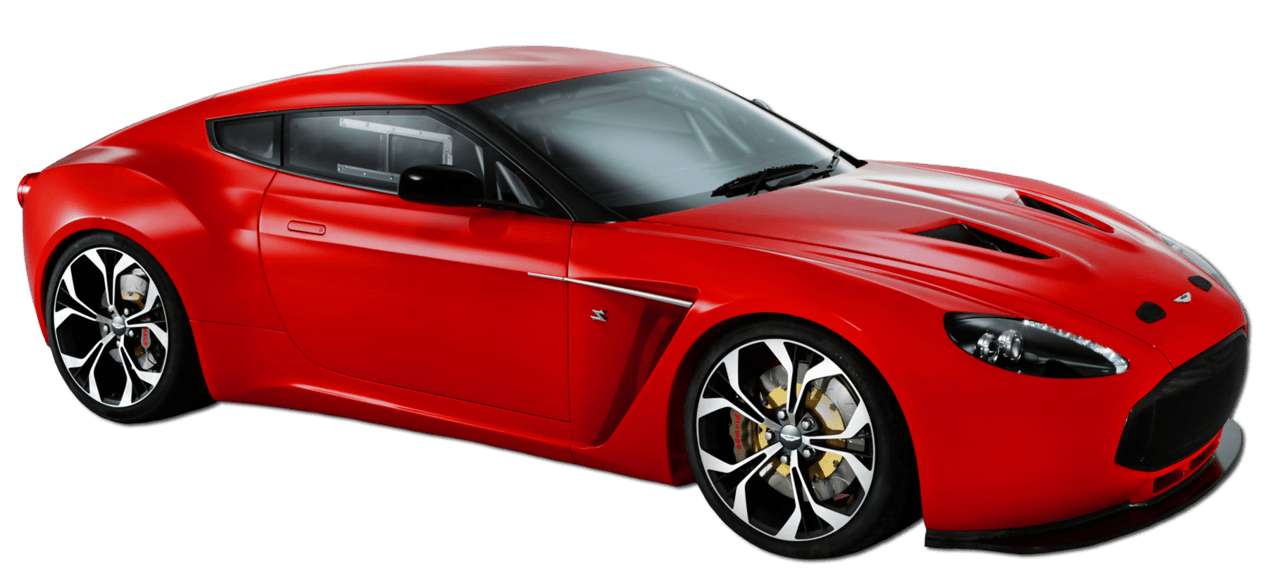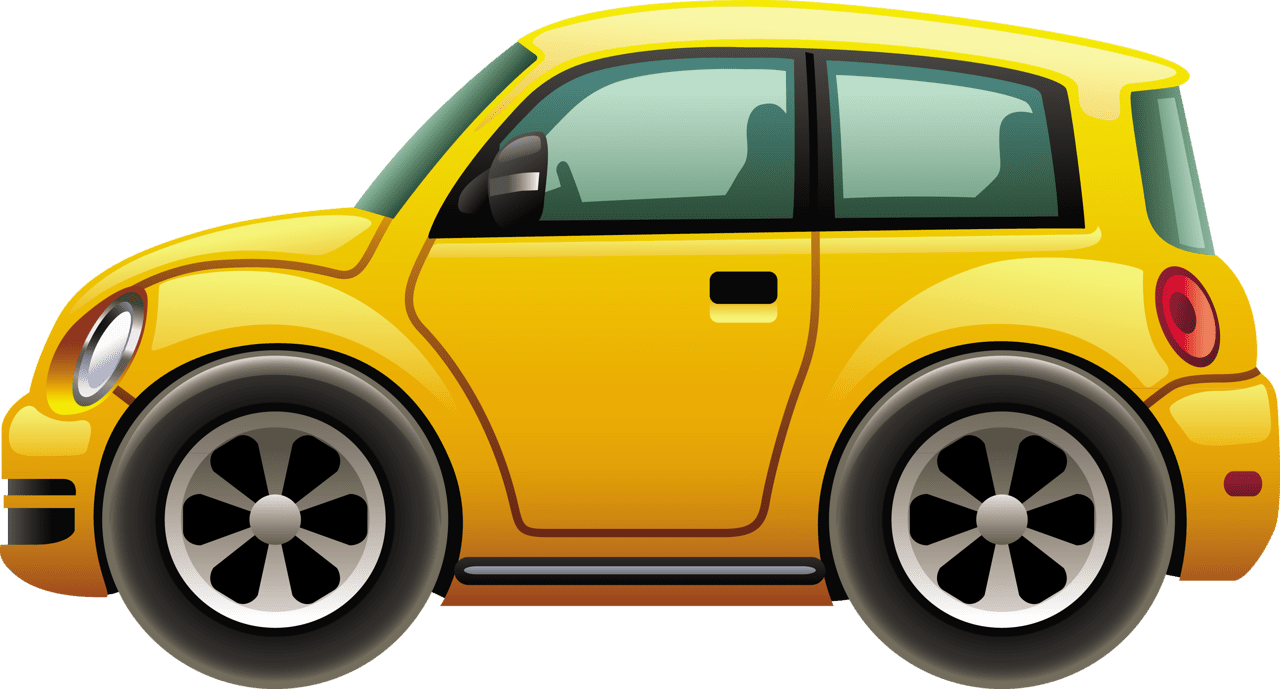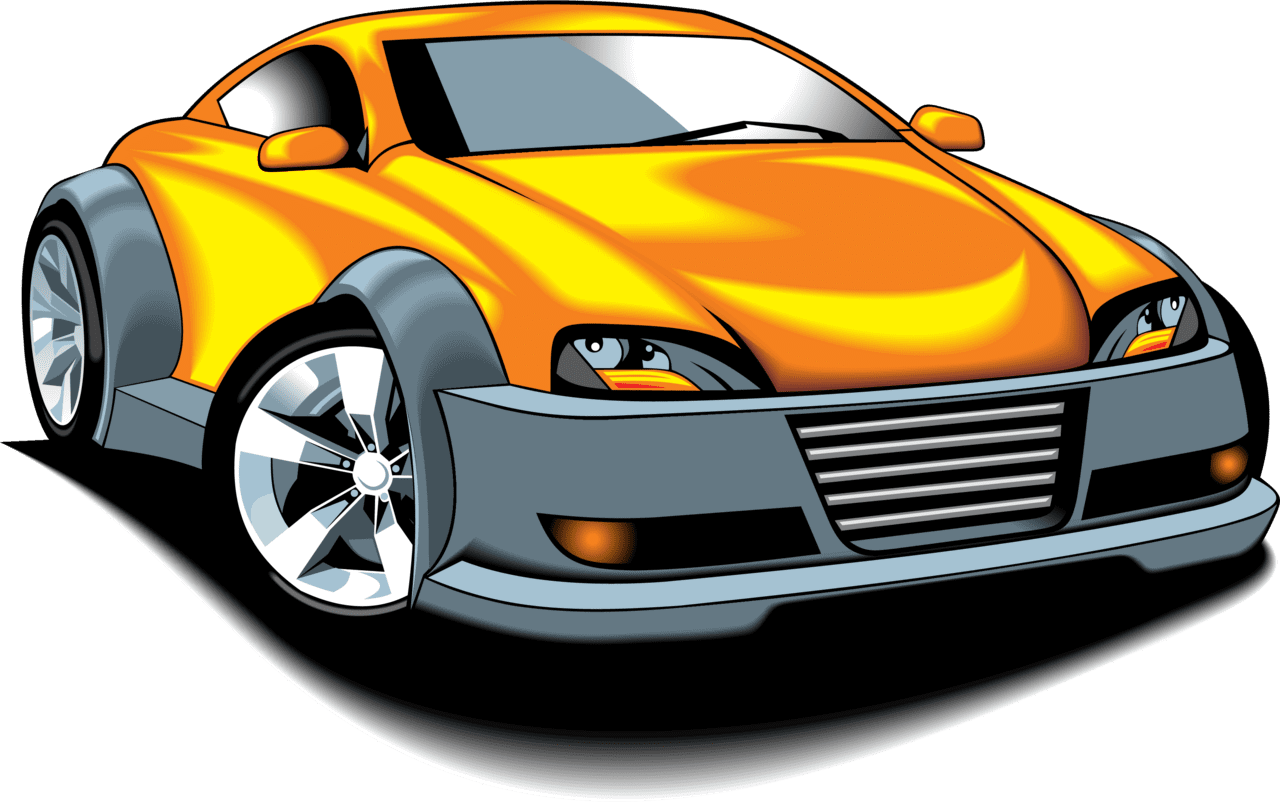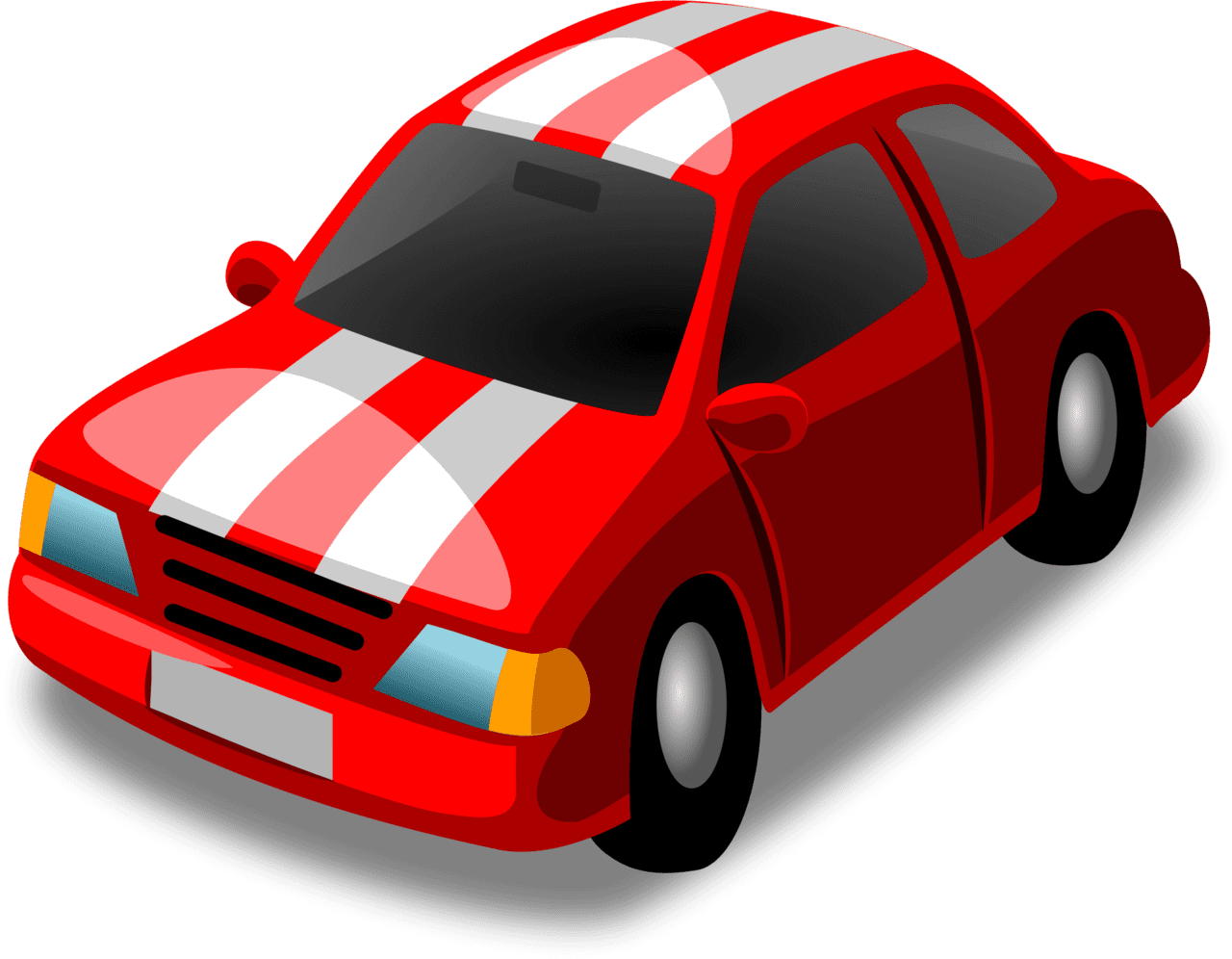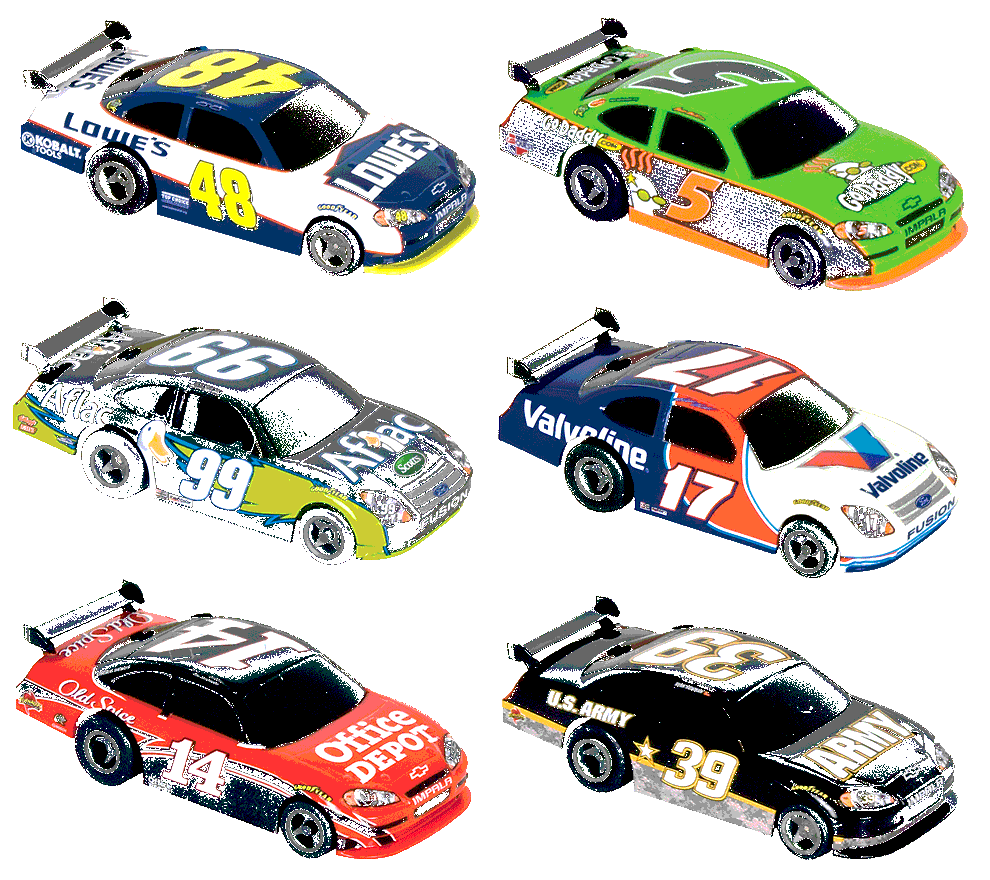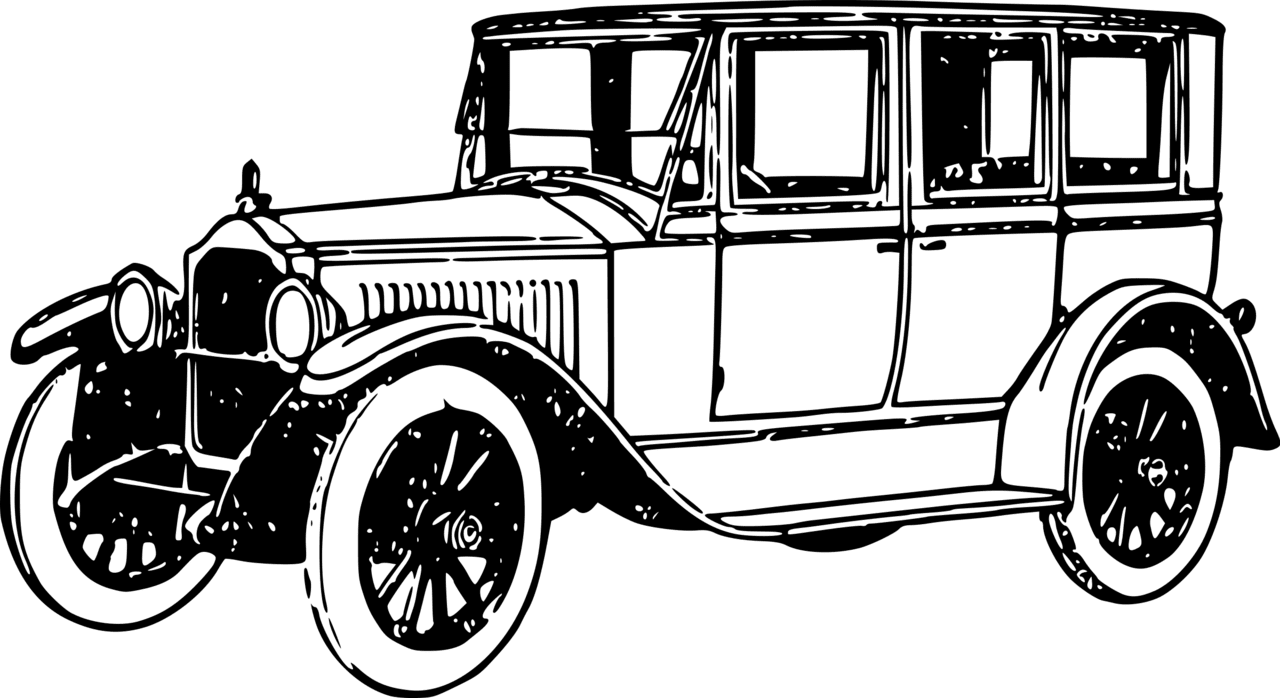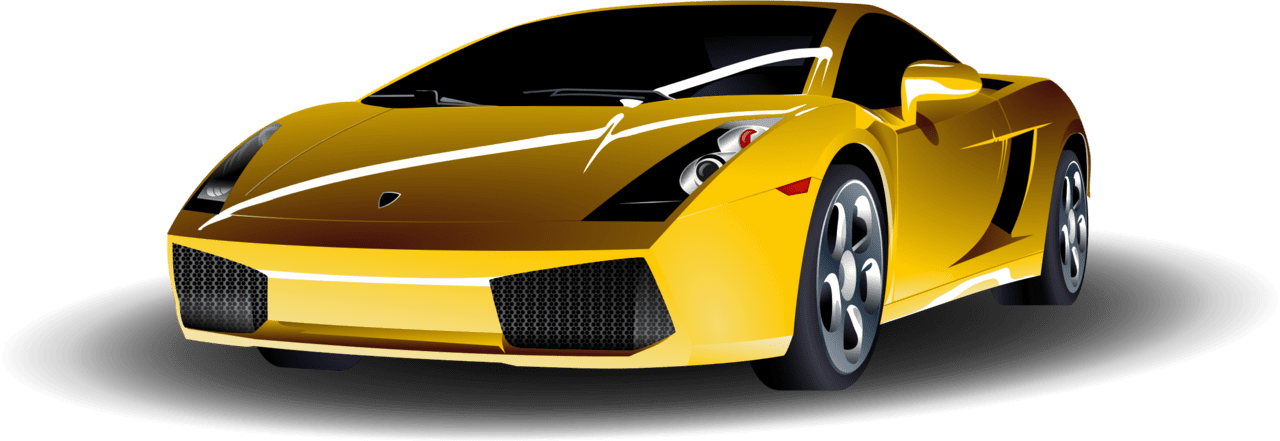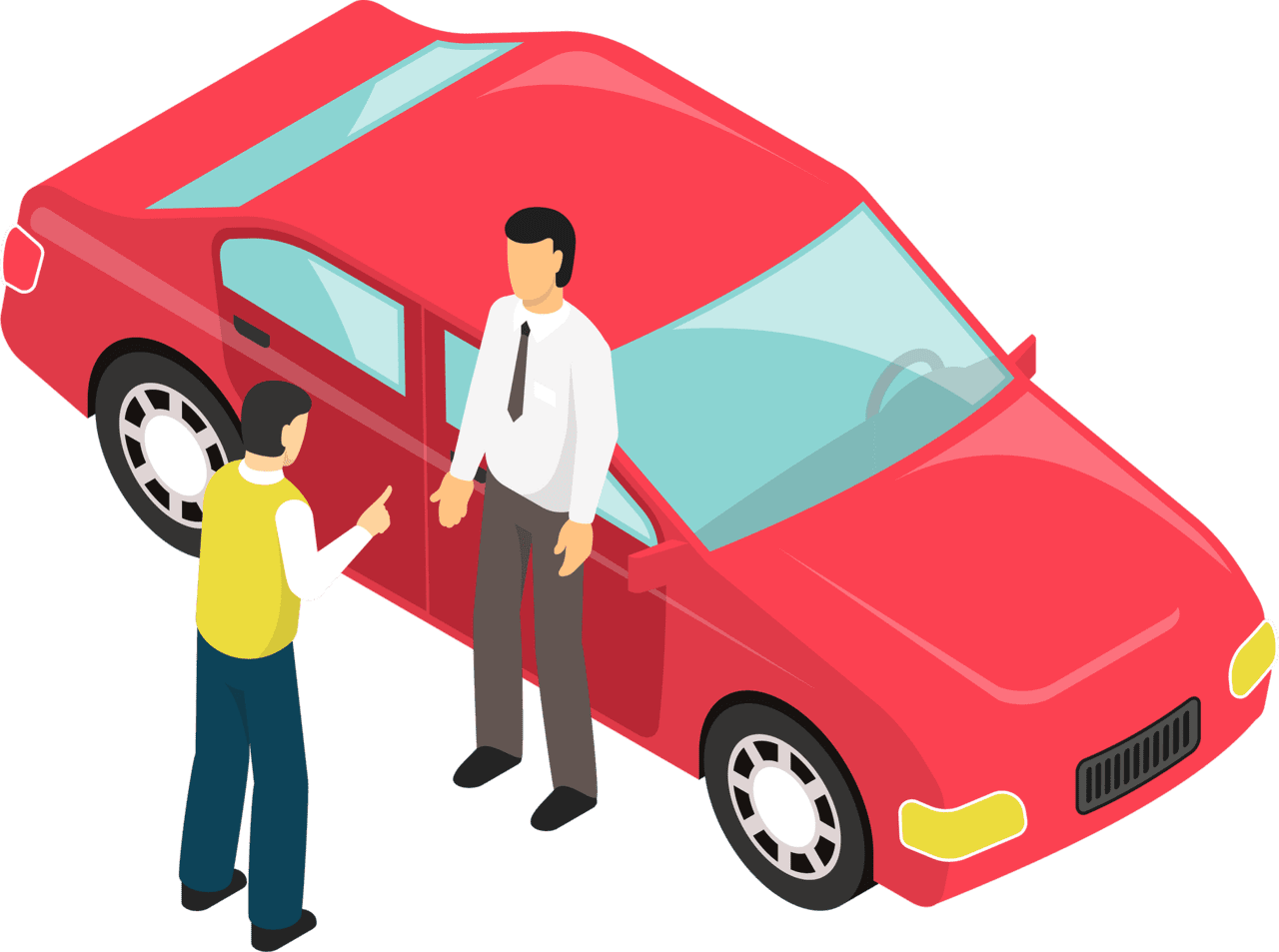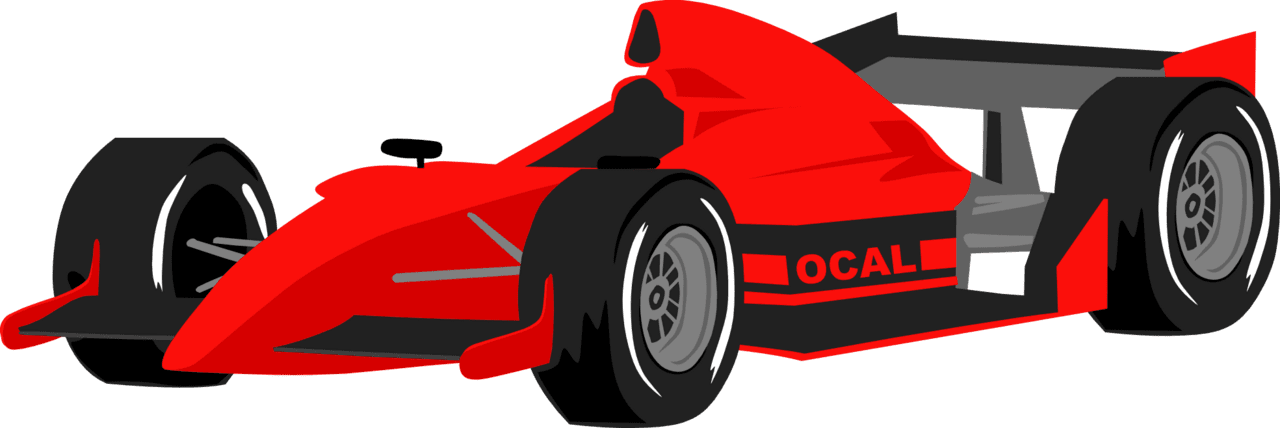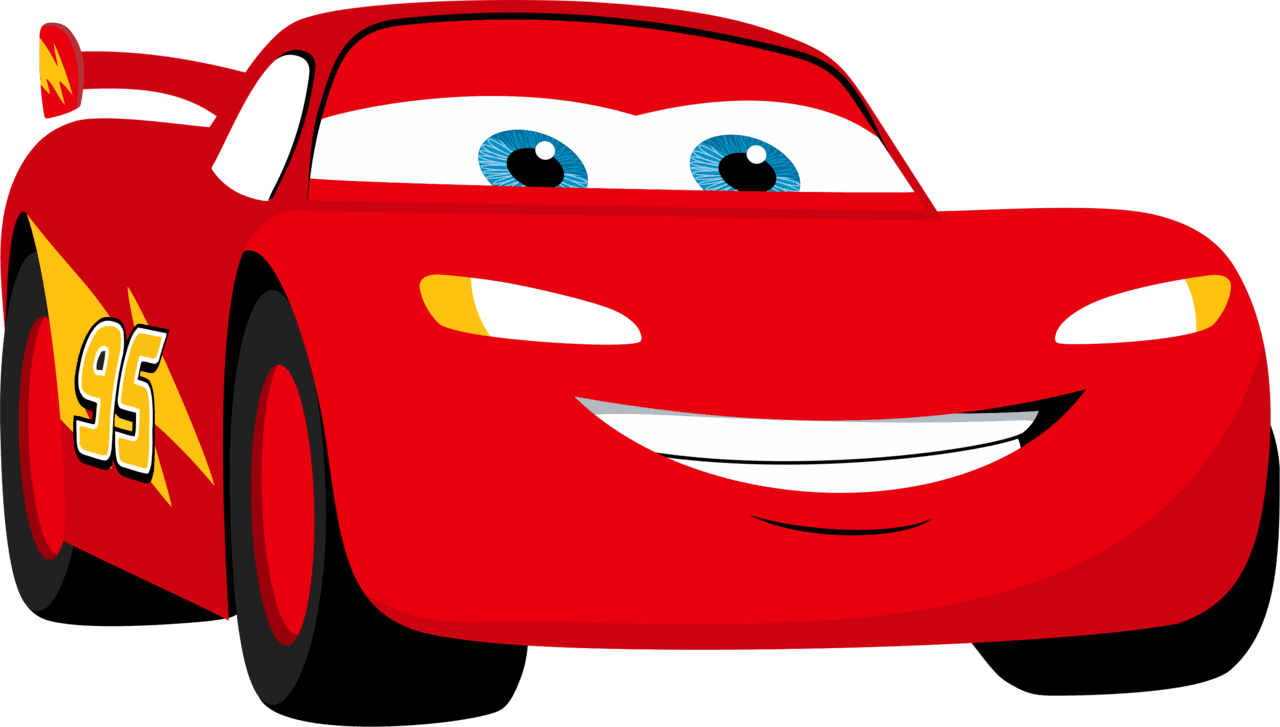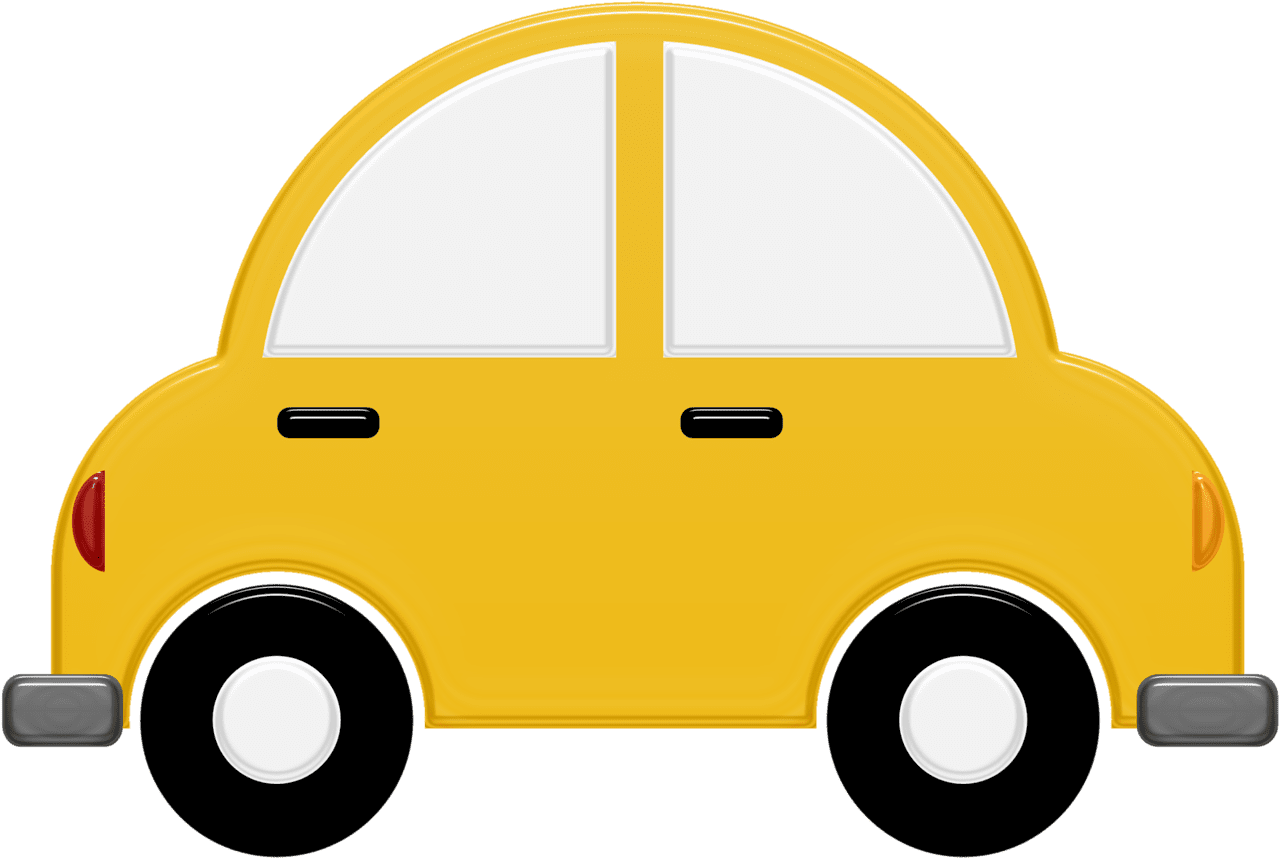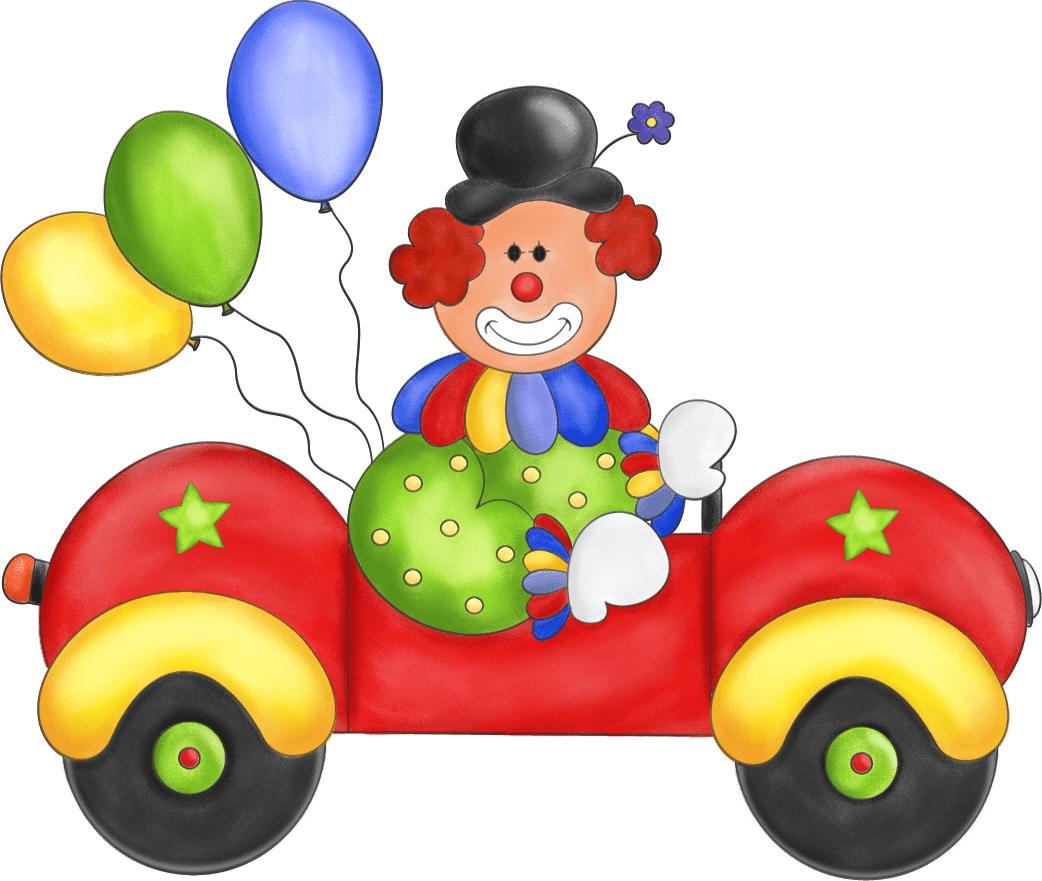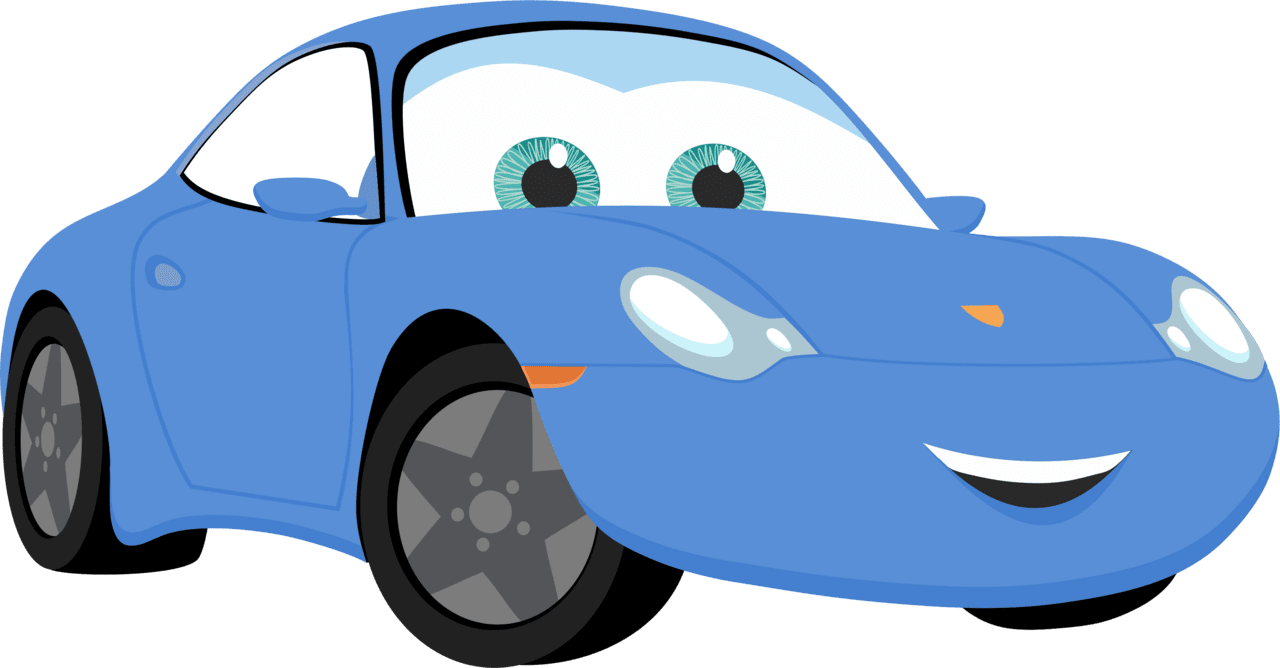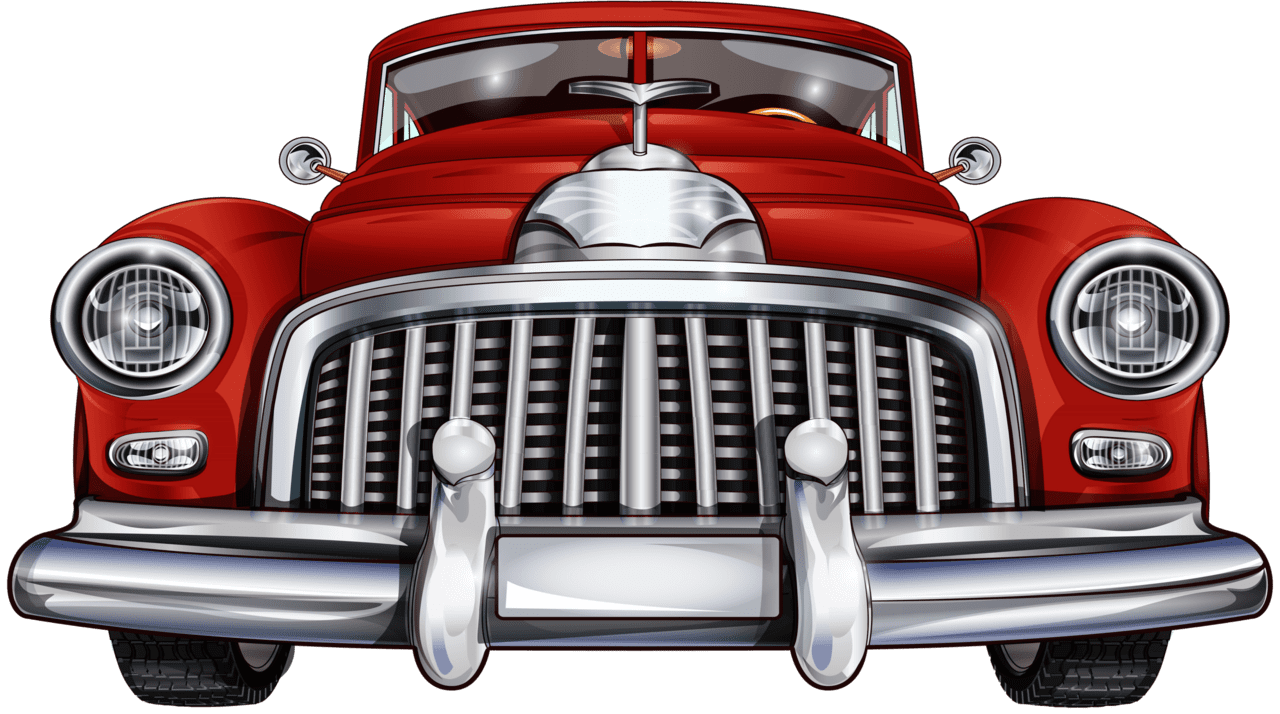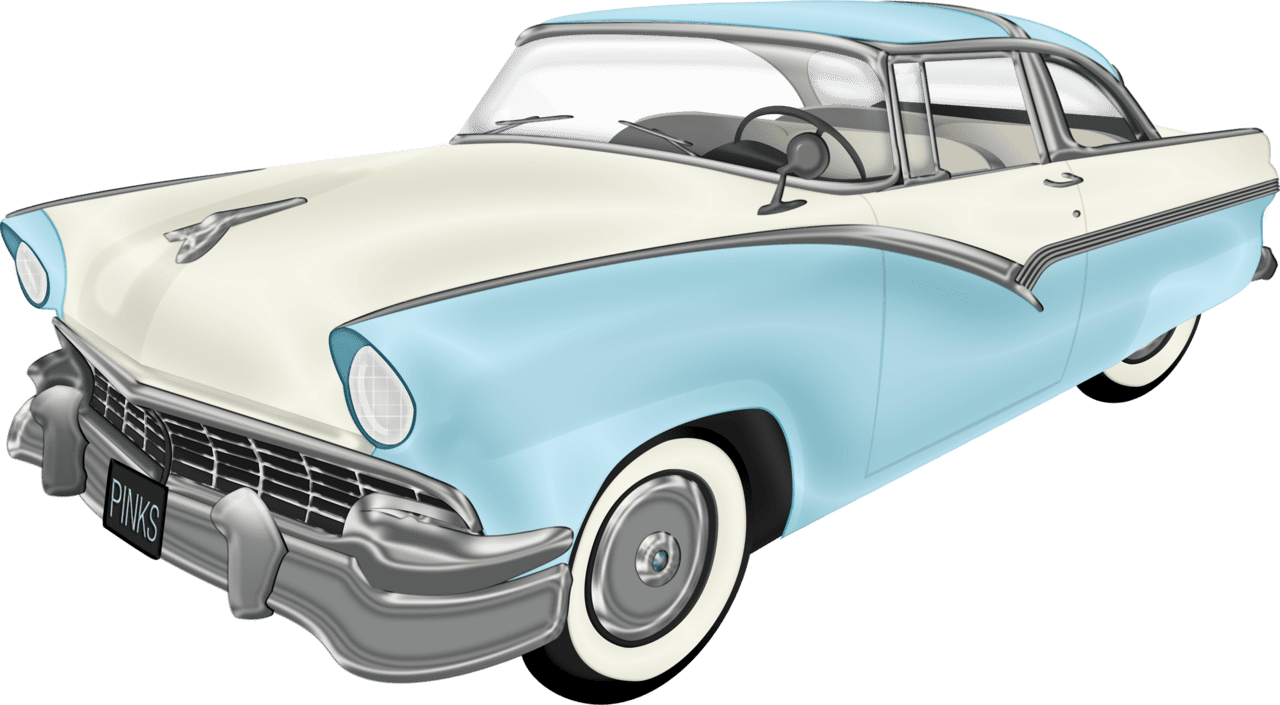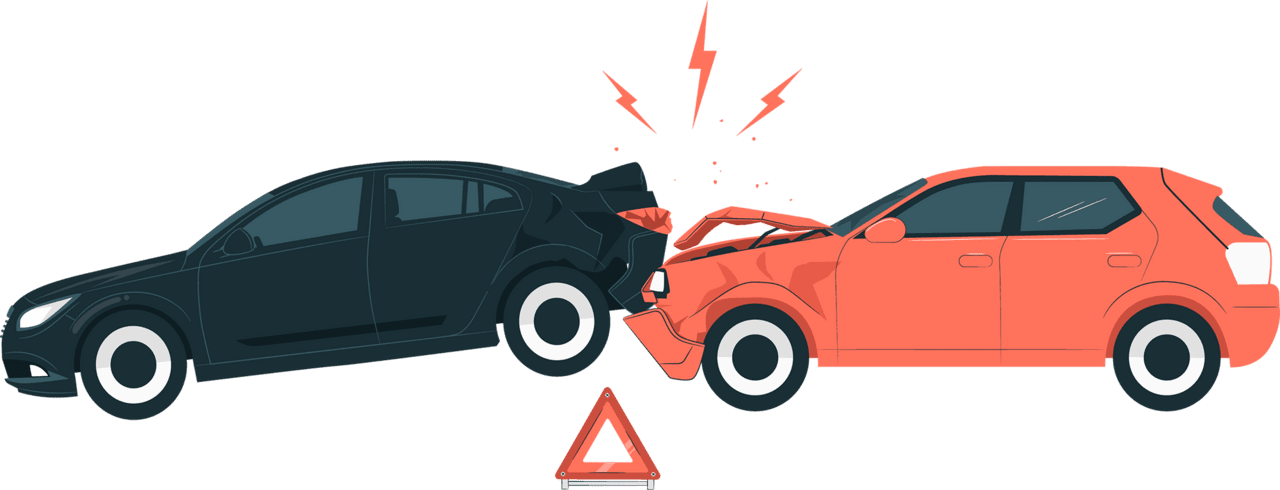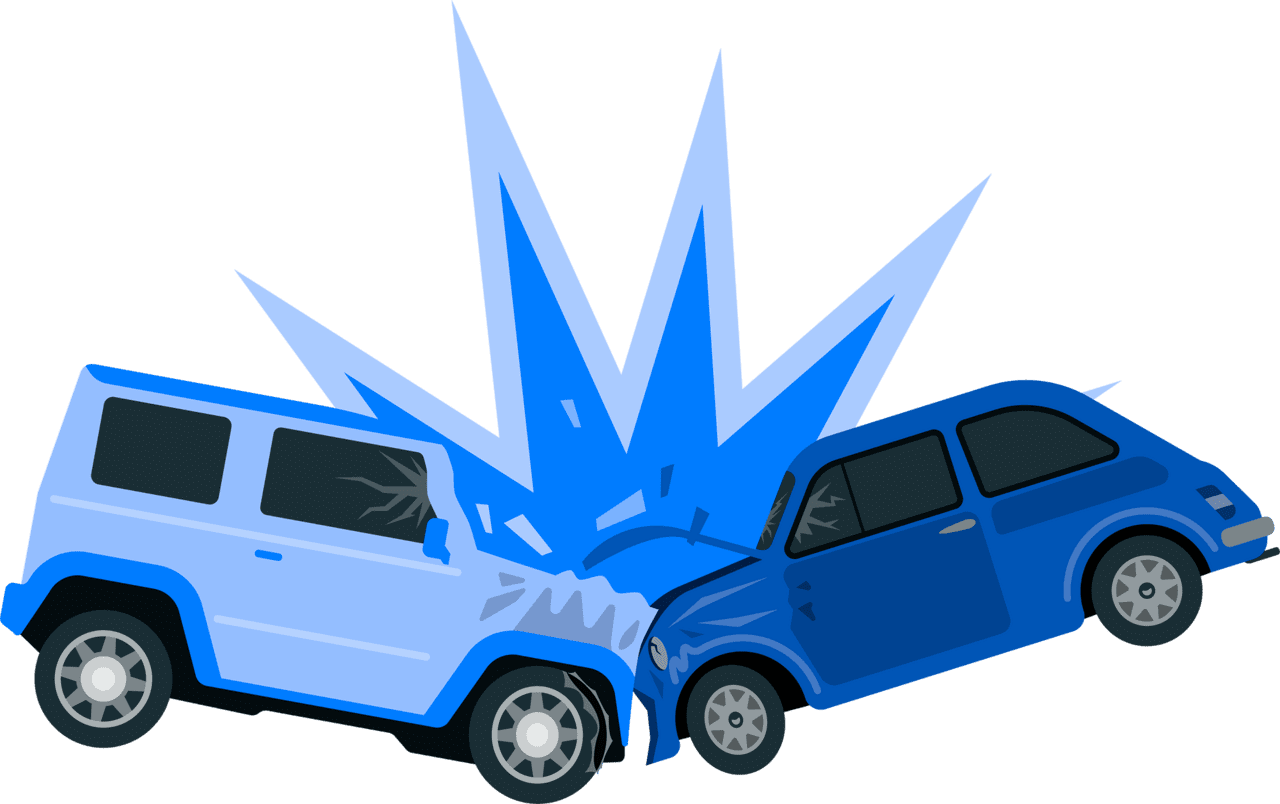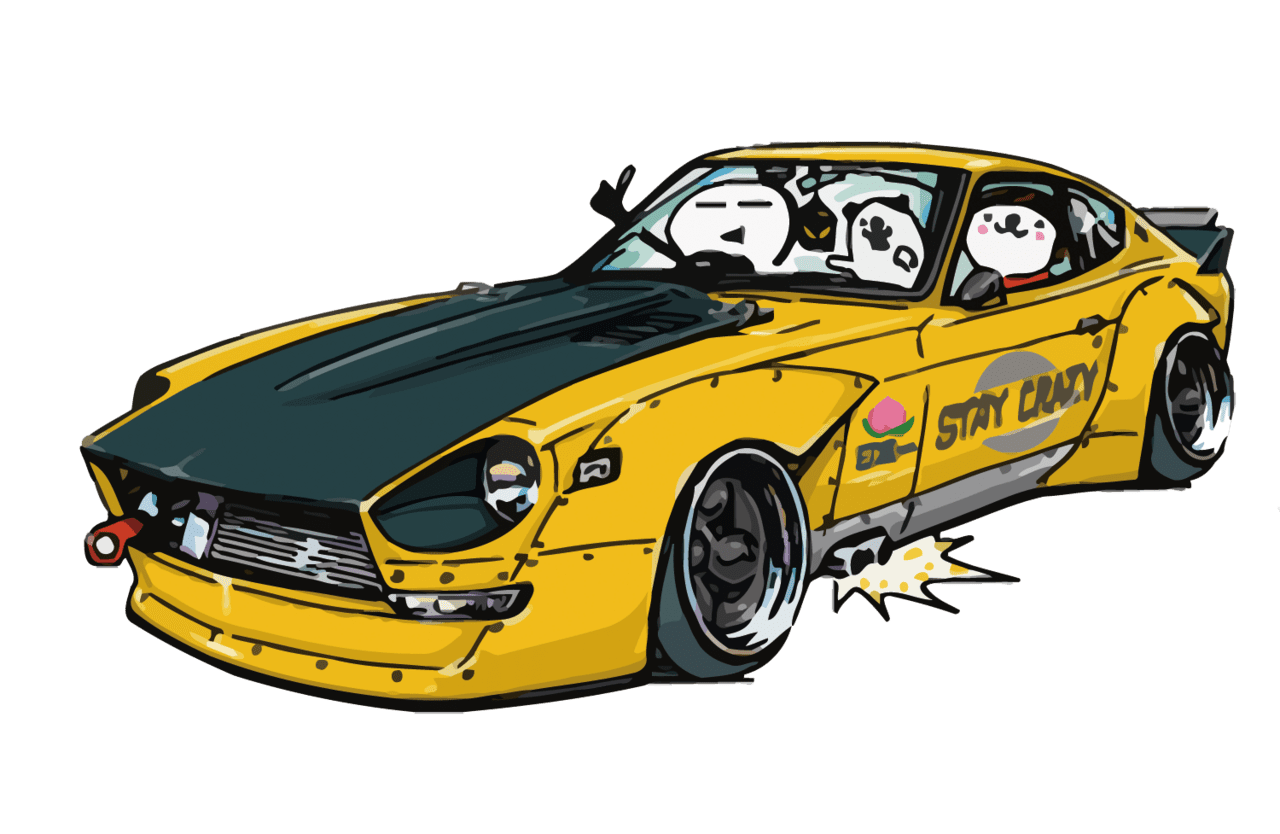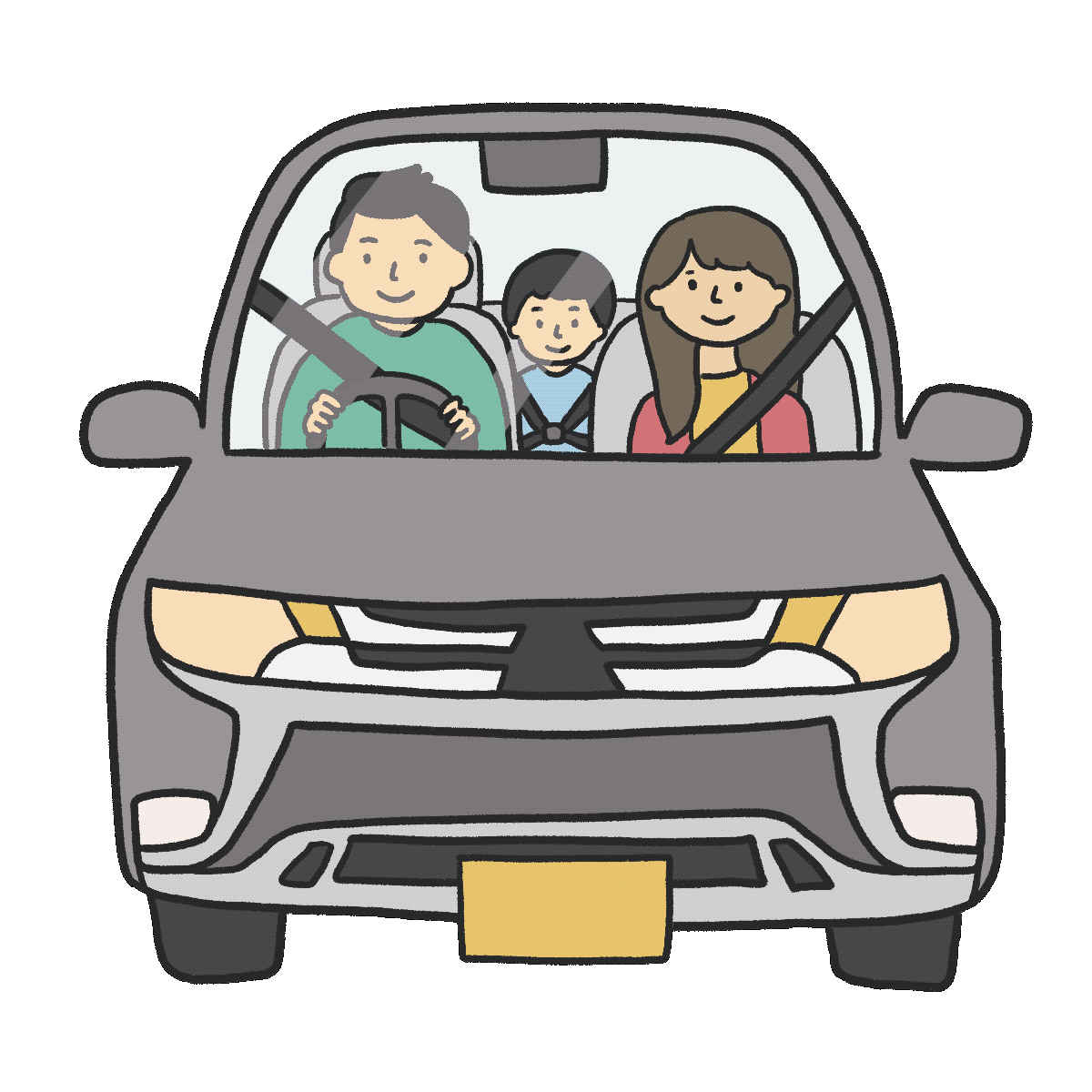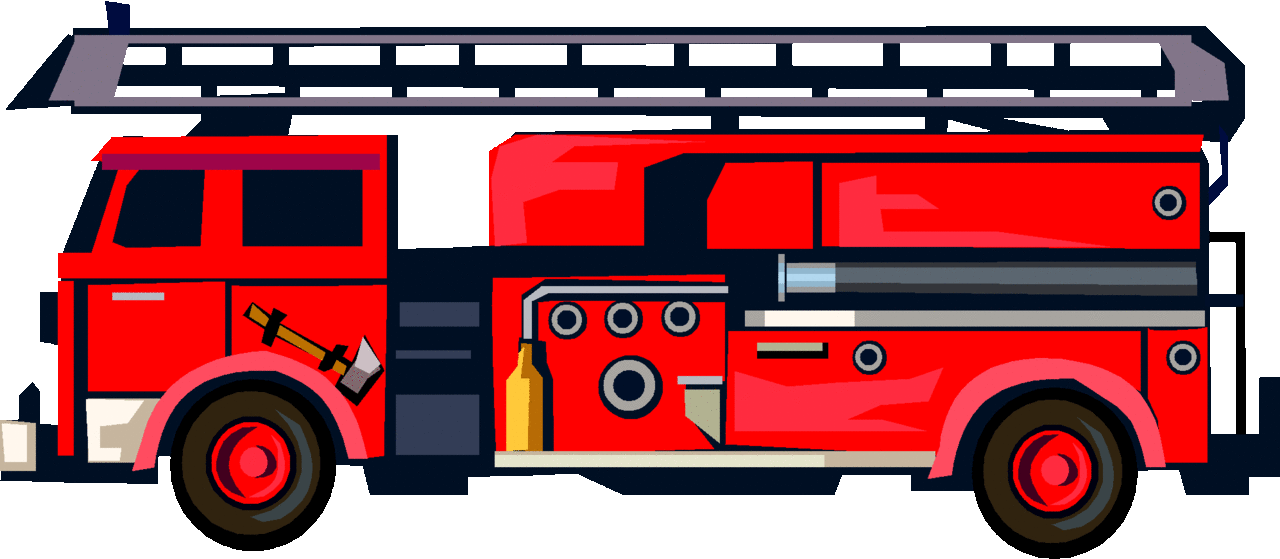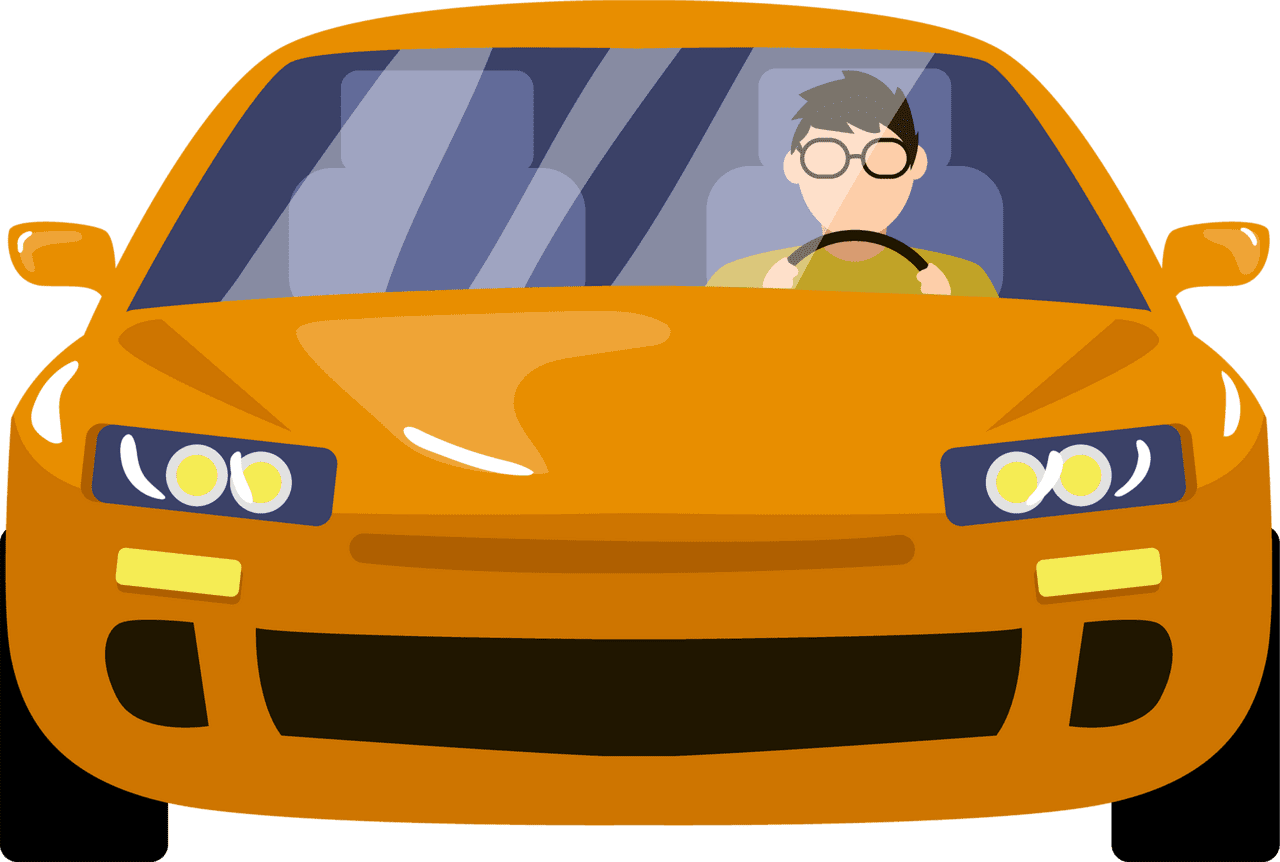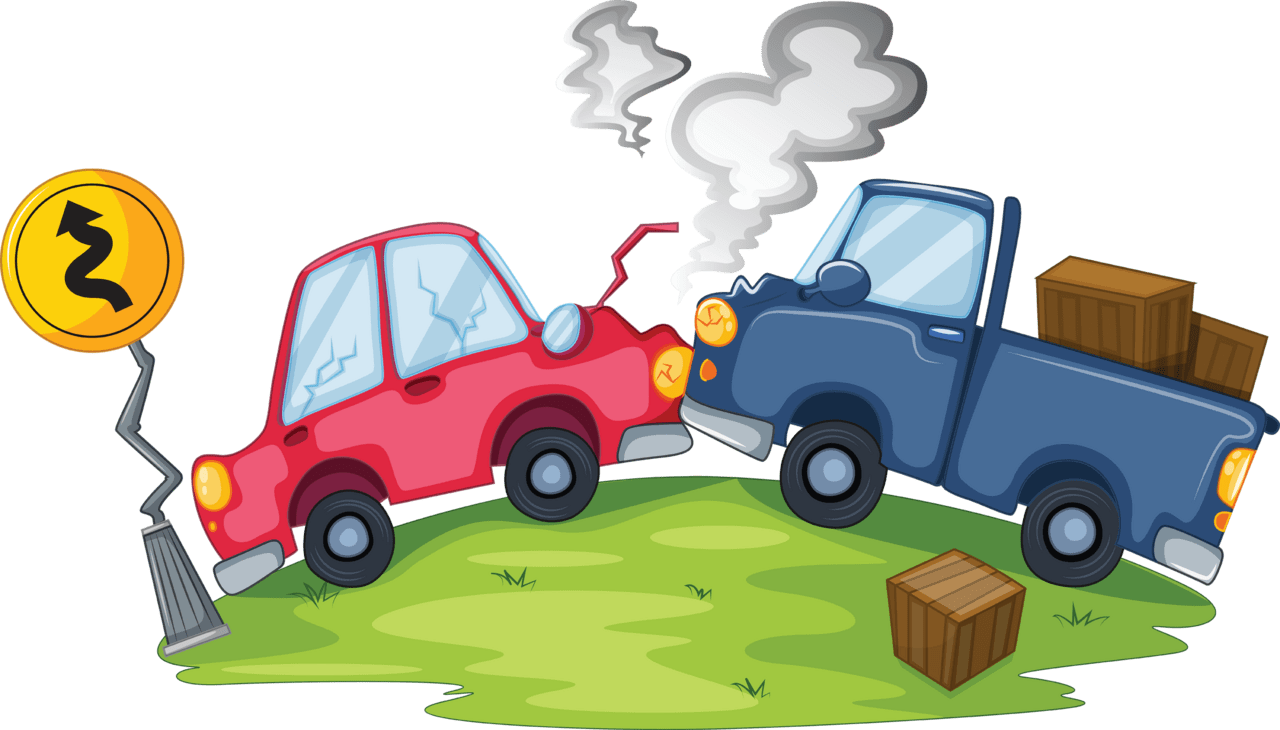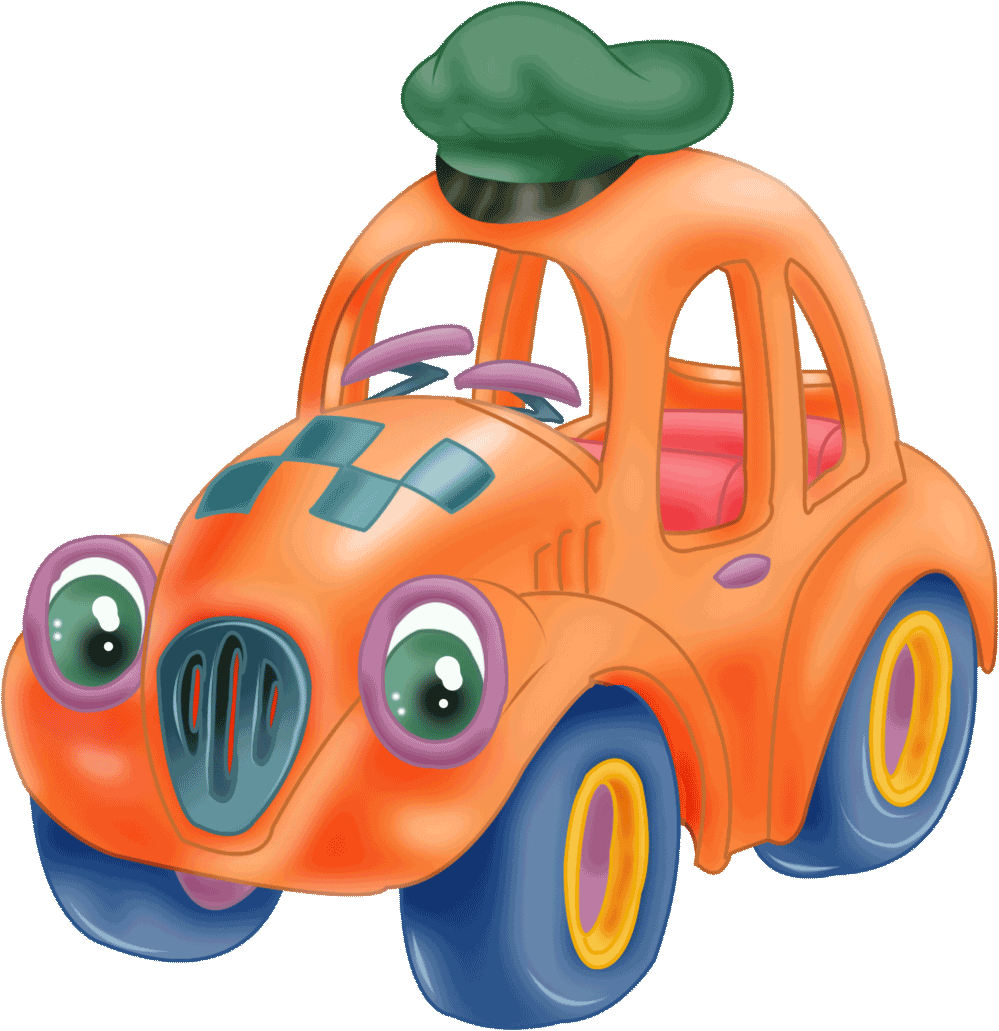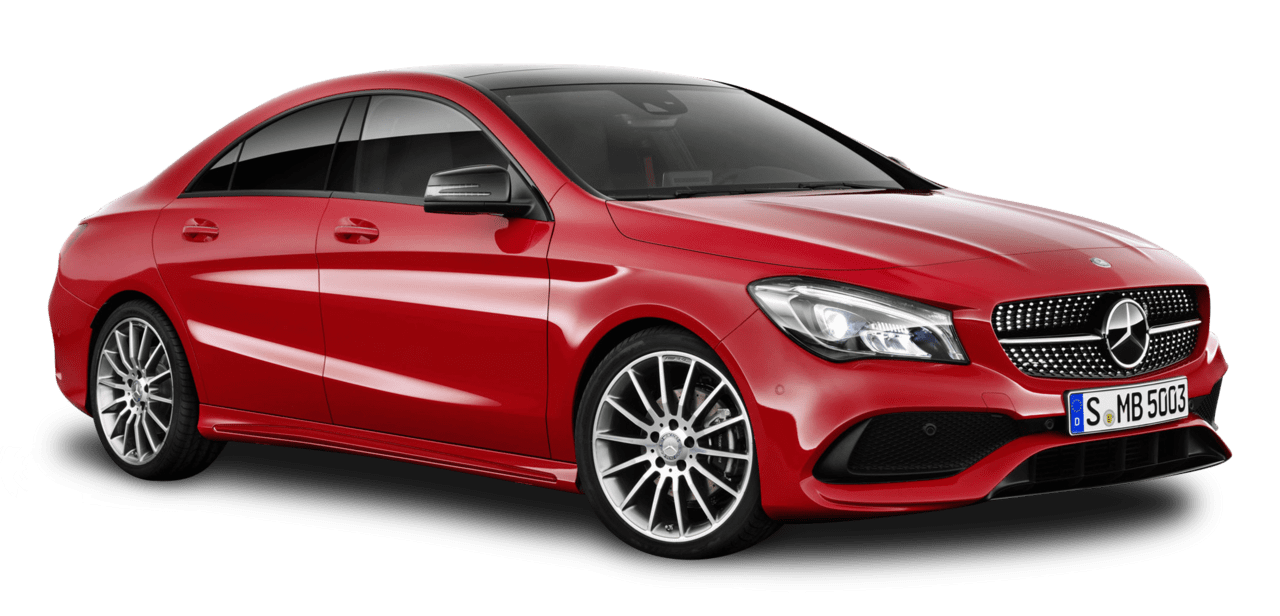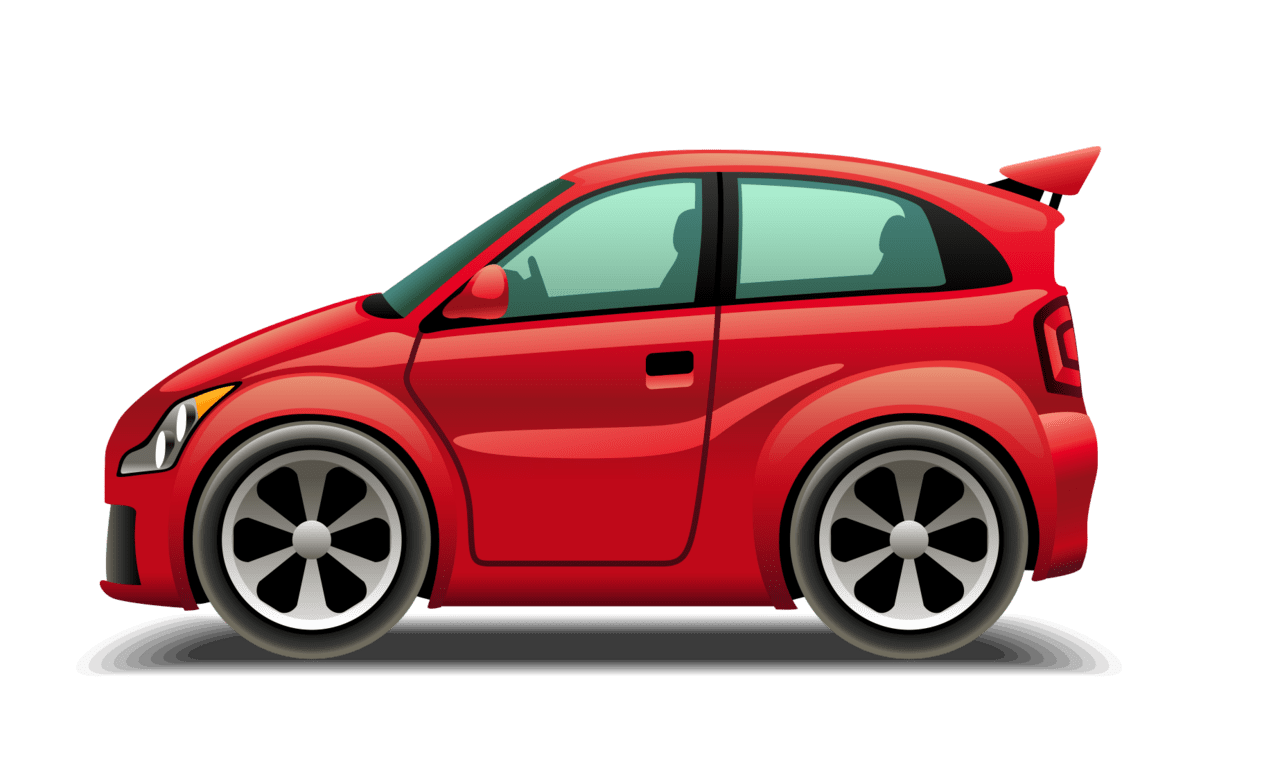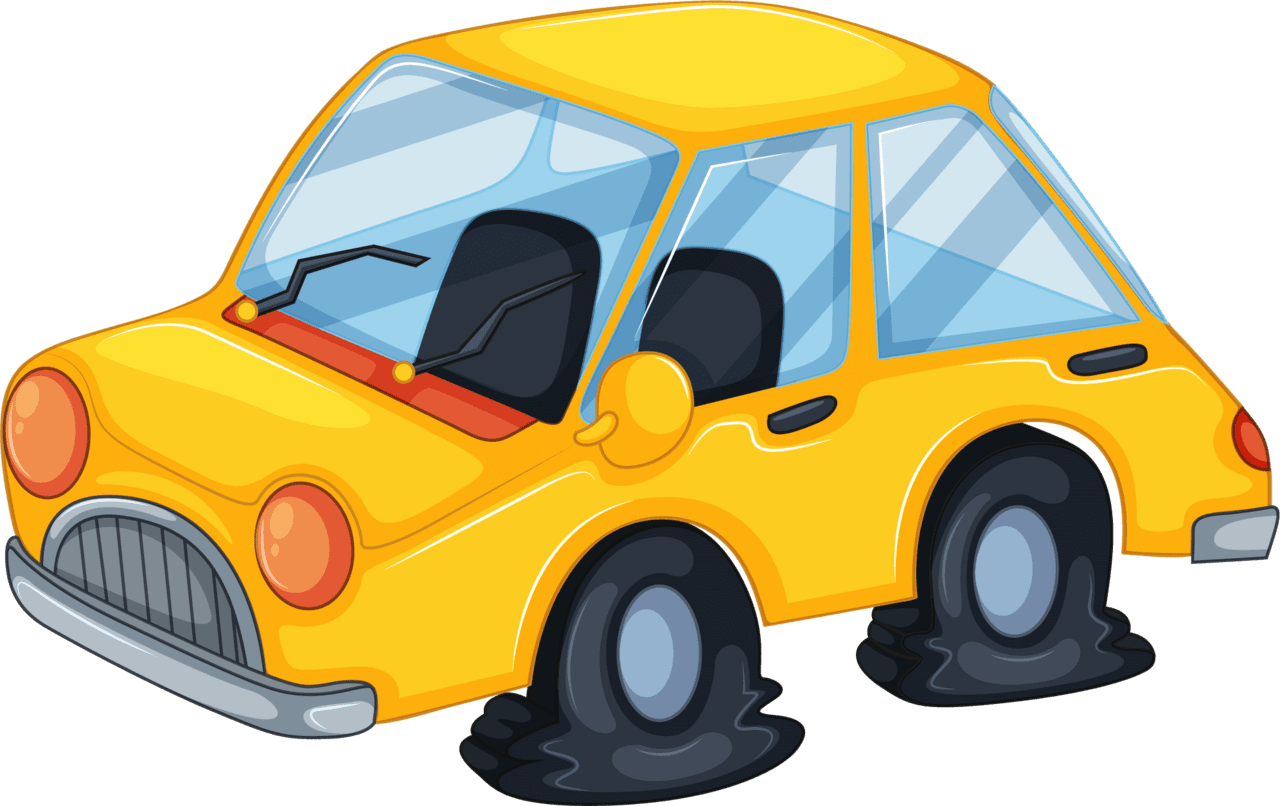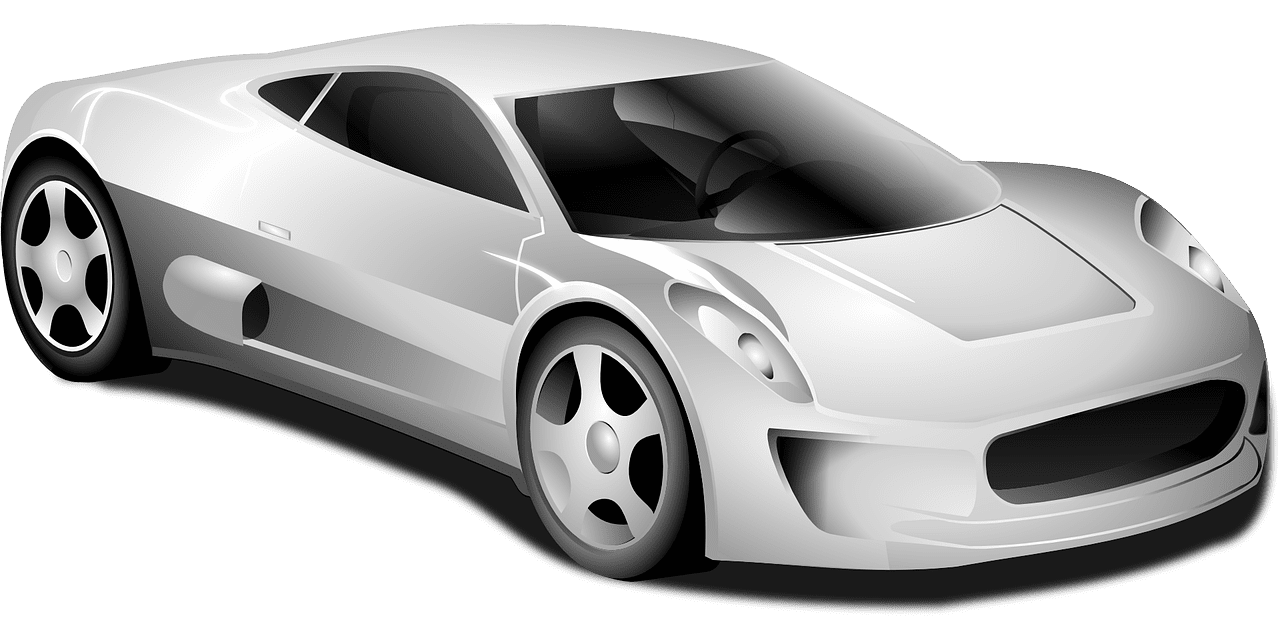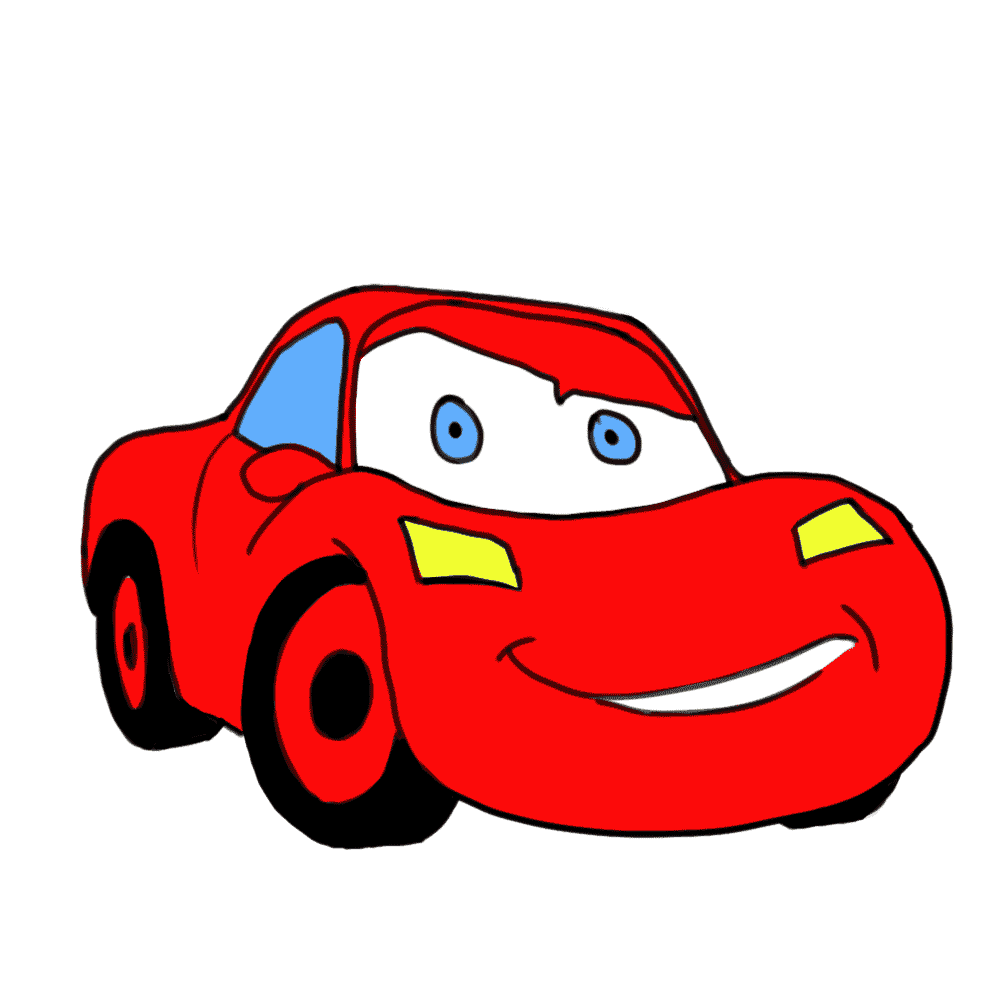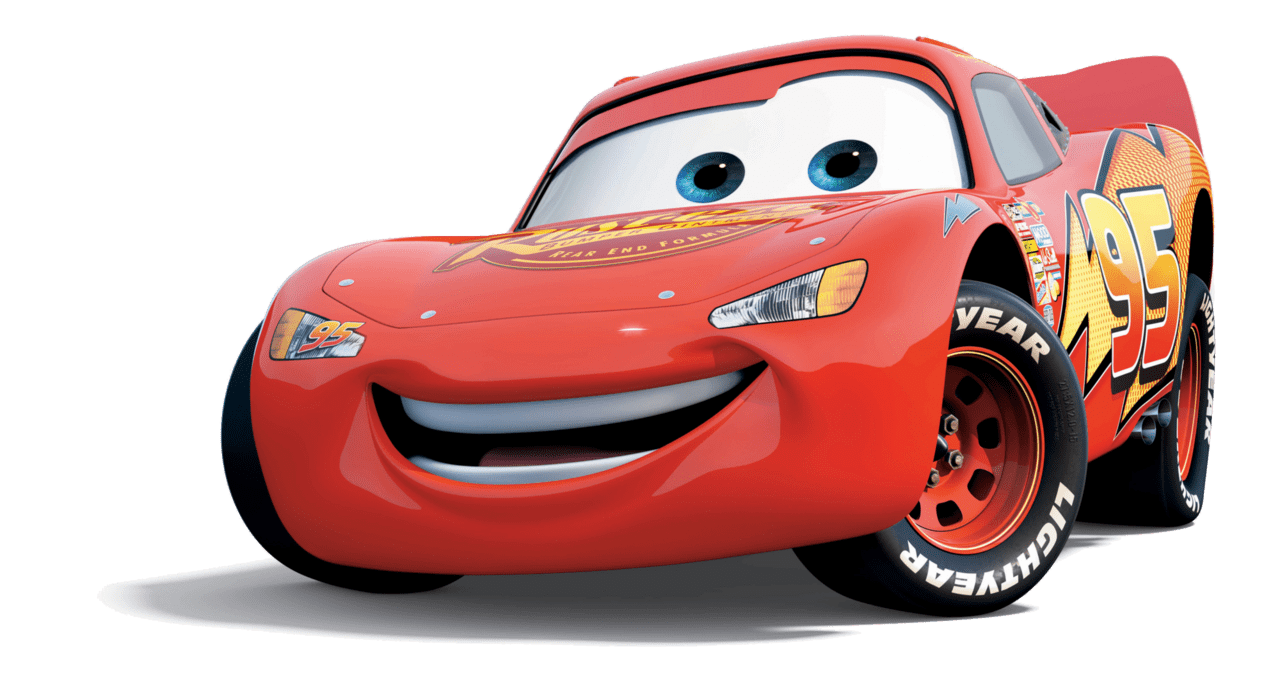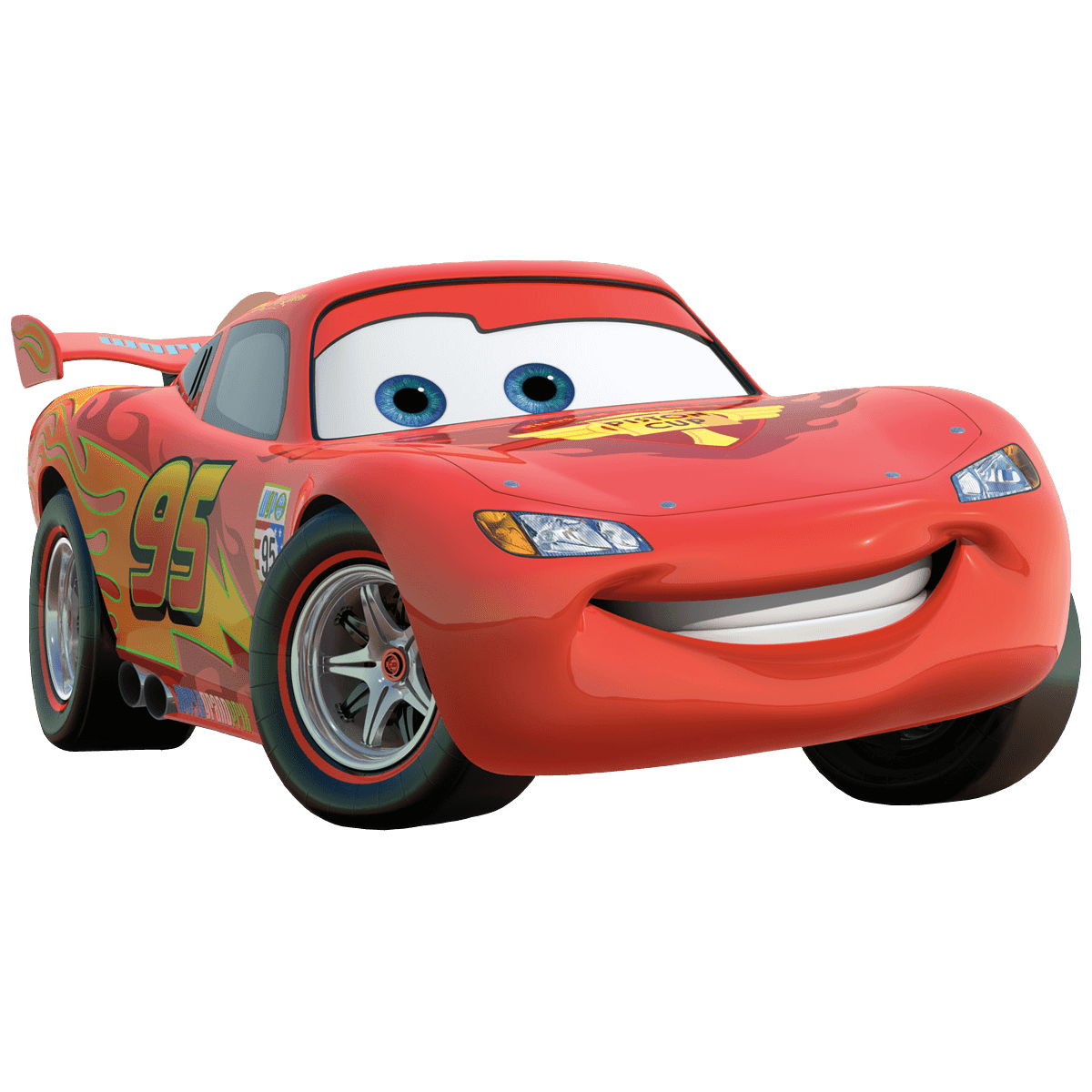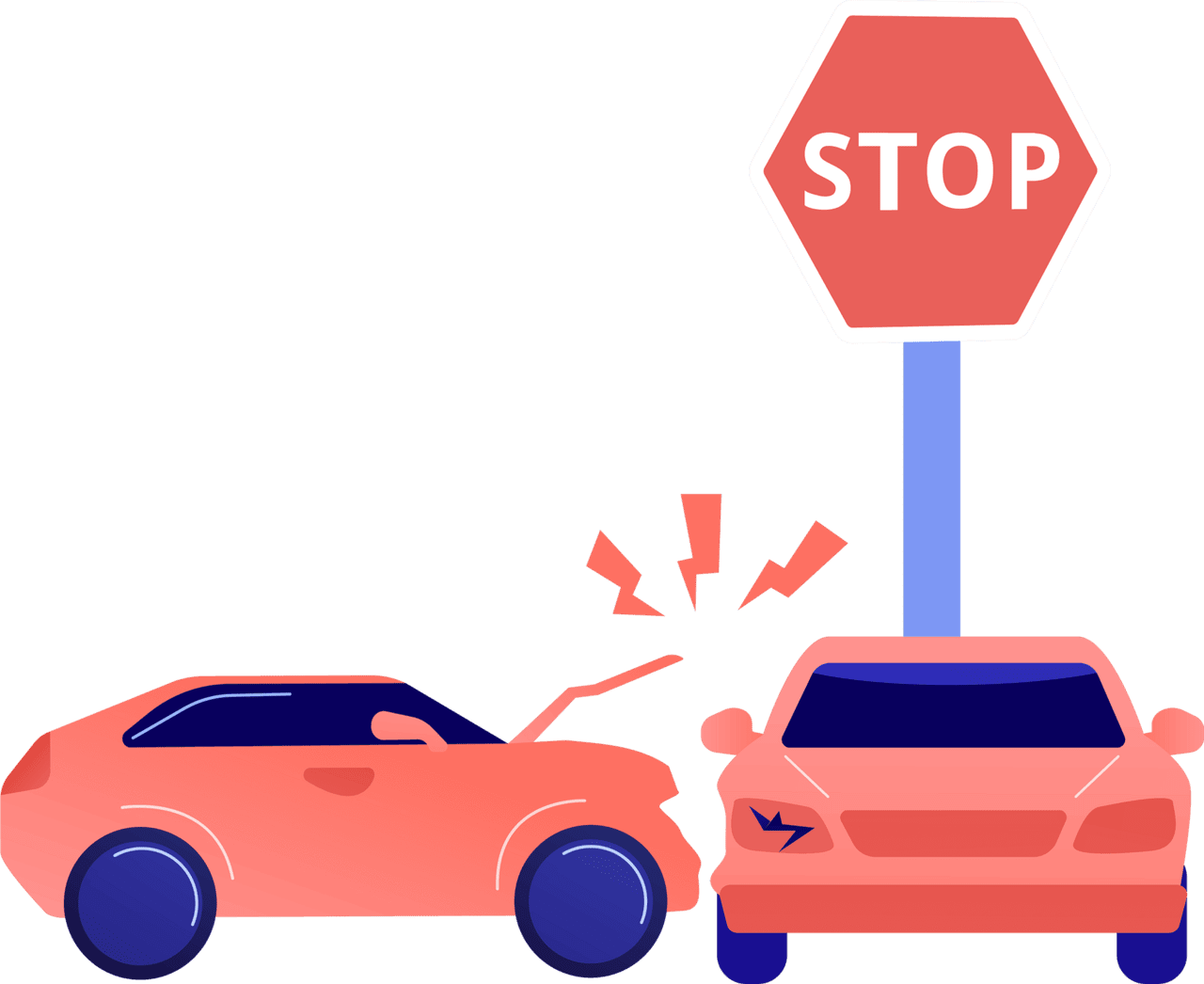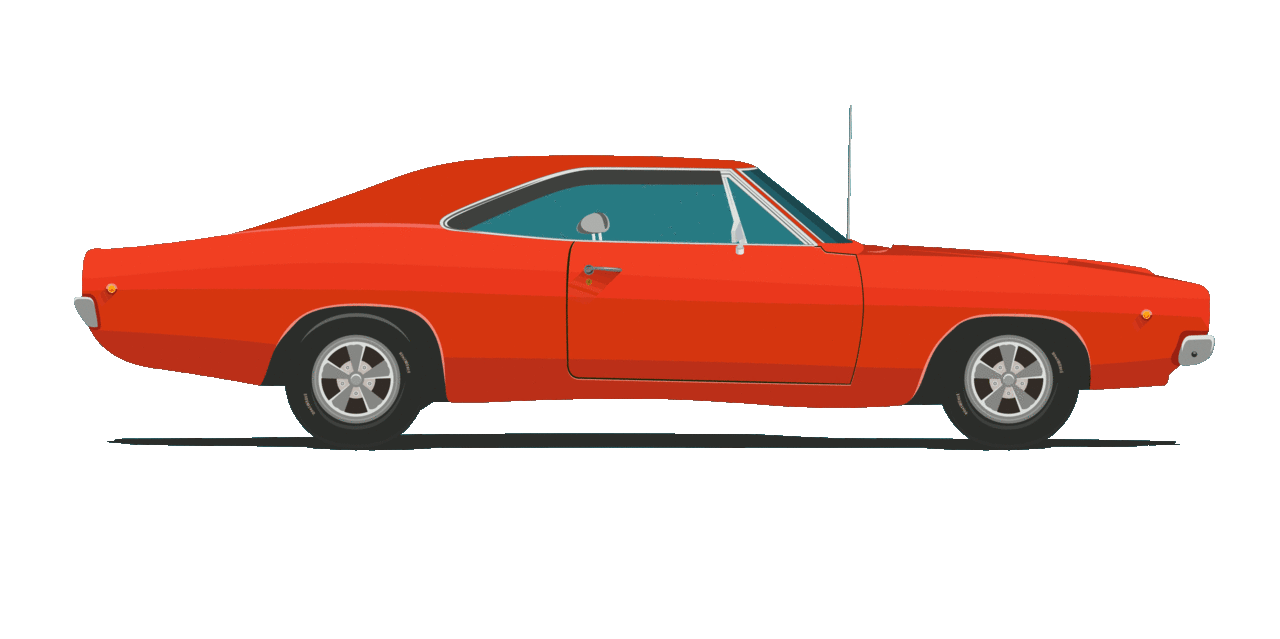From early line drawings to detailed digital renderings, car clipart has evolved dramatically over the years. As automotive technology has advanced, car clipart has changed to reflect new car models and features. Looking back at the history of car clipart provides a unique perspective on the history of the car itself.
The Beginning of Car Clipart
Car clipart first emerged in the early 20th century as simple black and white line drawings used in advertisements and catalogs. These early car images focused on the shape and profile of vehicles like the Ford Model T. Detail and background were minimal.
As car manufacturing advanced in the 1920s, car clipart began to reflect changing styles and new models. Curved fenders, curved trunks, and integrated headlights started to replace angular lines. But drawings still remained simple iconography rather than detailed illustrations.
Post-War Evolution of Car Clipart
After WWII, the auto industry exploded with new innovations and technologies. Car clipart evolved to capture new car features like tailfins and element like racing flames. Artists added more detail, shadow, and perspective to resemble real vehicle photos.
The 1950s saw a proliferation of comic, cartoon, and anthropomorphic car clipart. Disney’s Susie the Little Blue Coupe embodied the trend of giving vehicles cute, smiling faces. Hot rod car drawings with flaming exhausts and giant rear tires also rose in popularity.
By the 1960s and 70s, car clipart focused more on accuracy than caricature. Catalogs and ads offered detailed side-profile drawings of vehicles like station wagons and compact cars. Shading and highlights increased realism.
Modern and Digital Car Clipart
The digital revolution brought car clipart into the 21st century. Detailed vector graphics began replacing hand drawings. With programs like Adobe Illustrator, digital artists could easily manipulate clipart cars by changing their colors, wheel styles, and accessories.
Modern car clipart offers hyperrealistic 3D renders of vehicles. CGI technology and 3D modeling create accurately shaded high-res images. Designers can adjust every element like materials, interior views, damage, dirt, and wear patterns.
Stock photo sites like Shutterstock and Getty Images now offer thousands of car clipart images. Car manufacturers also maintain digital clipart galleries to provide images to websites, catalogs, and press outlets.
The shift from hand drawings to 3D digital renderings parallels the evolution of cars themselves. What started as basic motorized carriages has transformed into highly-complex vehicles filled with the latest technology.
Just as early car clipart focused solely on bodies and ignored mechanical components, early automobiles were simply motorized chassis lacking integrated parts and features. As car manufacturing progressed, so too did the detail in car clipart. Modern luxury vehicles with GPS, entertainment systems, and computer components are equally reflected in today’s highly-realistic CGI car clipart.
Over a century of design innovation in the automotive industry is clearly visible in the evolution of these iconic graphic image styles. From black and white to color, flat to dimensional, sparse to detailed, car clipart encapsulates the changing face of the automobile itself.
The Importance of Car Clipart in Advertising and Media
Beyond encapsulating history, car clipart remains an important element in auto-focused websites, ads, brochures, manuals, and more. While modern photography also showcases vehicles, car clipart offers some unique benefits:
- Faster Creation: Digital artists can quickly generate multiple color, body style, and background variations on a vehicle image. Changing real photos takes much more time.
- Visual Consistency: A common car clipart visual can establish brand identity across different materials. Photos from various shoots appear mismatched.
- Rendering Concept Vehicles: When new concept vehicles are announced, creating CG clipart allows brands to visualize models before production.
- Cost Effective: Commissioning real automotive photography requires paying for equipment, locations, models, and more. Clipart is relatively inexpensive.
- Creative Control: With clipart, every visual element from color to background to angle can be manipulated for the desired intent, unrestricted by photographic limitations.
- Visual Accuracy: Modern 3D modeling creates dimensionally accurate designs useful for technical illustrations or exploded views showing internal car parts and mechanics.
From marketing websites to owner’s manuals, car clipart continues providing visual interest and useful information about vehicles.
Many automotive blogs and enthusiast websites also spice up articles with relevant car clipart. Augmenting text about customizing or racing certain models with matching artwork enhances the content. How-to tutorials detailing maintenance tasks likewise embed clipart diagrams to clearly illustrate the process.
Even as photo-realistic CGI 3D car clipart replaces some functions of real automotive photography, hand drawn art styles remain popular for their nostalgic aesthetic. Brands leverage this vintage styling in marketing materials to emphasize longstanding heritage and history.
The Future of Automotive Clipart
Like cars themselves, car clipart continues evolving alongside technological advances. Future trends may include:
- Augmented Reality Integration: Blending digital clipart onto real-time video could allow interactive AR vehicle previews.
- Animated Clipart: Moving CG car models with rotating wheels, opening doors, raising hoods, blinking lights could help showcase features.
- Customization and Personalization: As in games, users could access tools for modifying colors, parts, and accessories on a base vehicle clipart model for enhanced individuality.
- AI-Generated Art: Machine learning algorithms may someday produce original clipart featuring custom vehicle designs never before fabricated.
As digital design tools progress, high fidelity yet flexible photo-realistic CGI car clipart will only grow more detailed, realistic, and interactive. Like all other aspects of the automotive realm, the way we virtually conceptualize and visualize cars through clipart will shift to reflect cutting-edge innovations. But even as computer graphics fully replicate reality through augmented or virtual spaces, hand illustration styles will likely remain popular for the irreducible human creativity they embody.
Just as the history of automotive evolution plays out in the changing fashions of car clipart, the future of driving technology will inevitably transform these graphic representations again. Where that road leads remains to be mapped.
Below clipartsign present 82 car clipart images free for design inspiration. Lets download Car Clipart that you want to use for personal uses.


